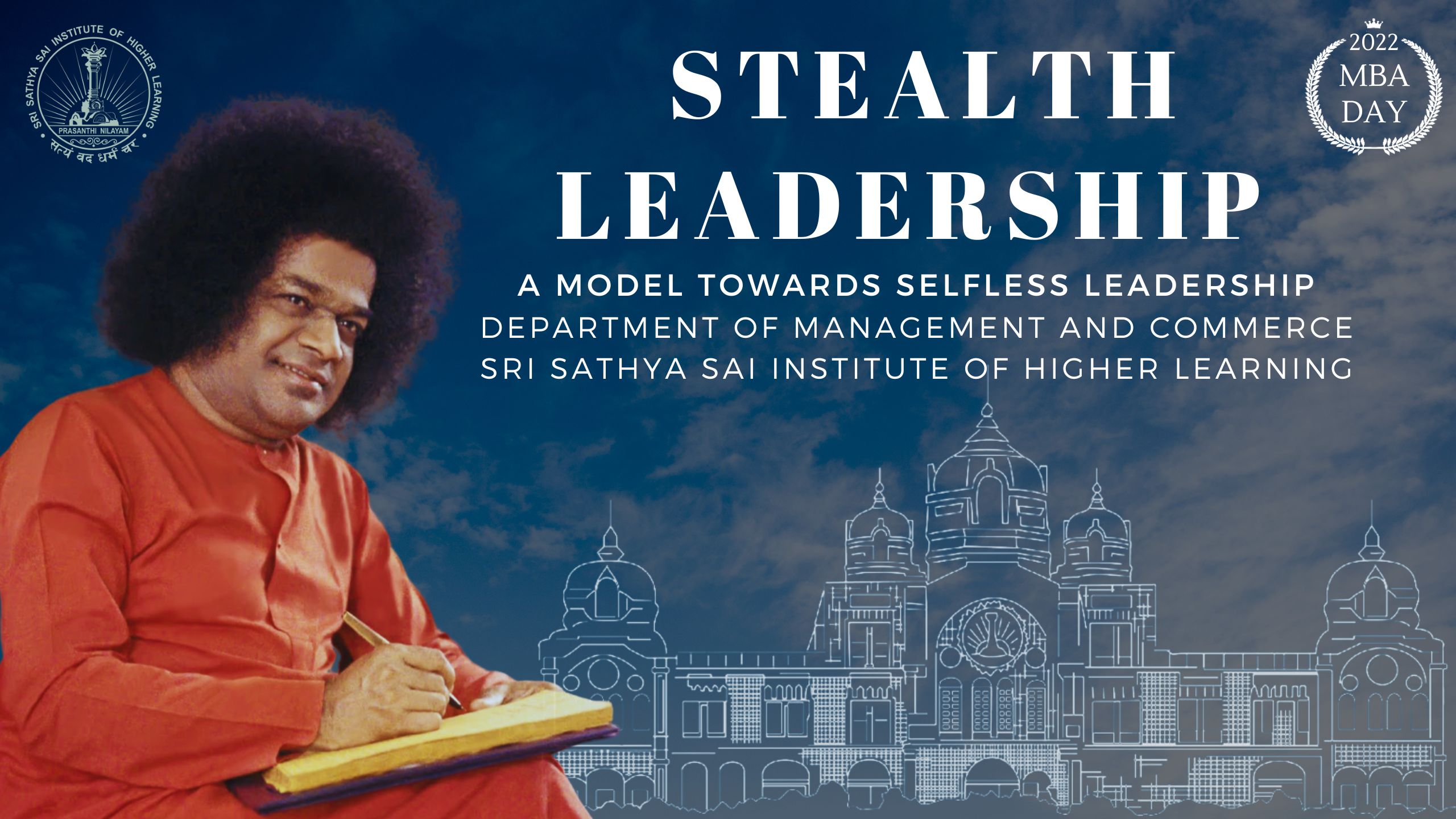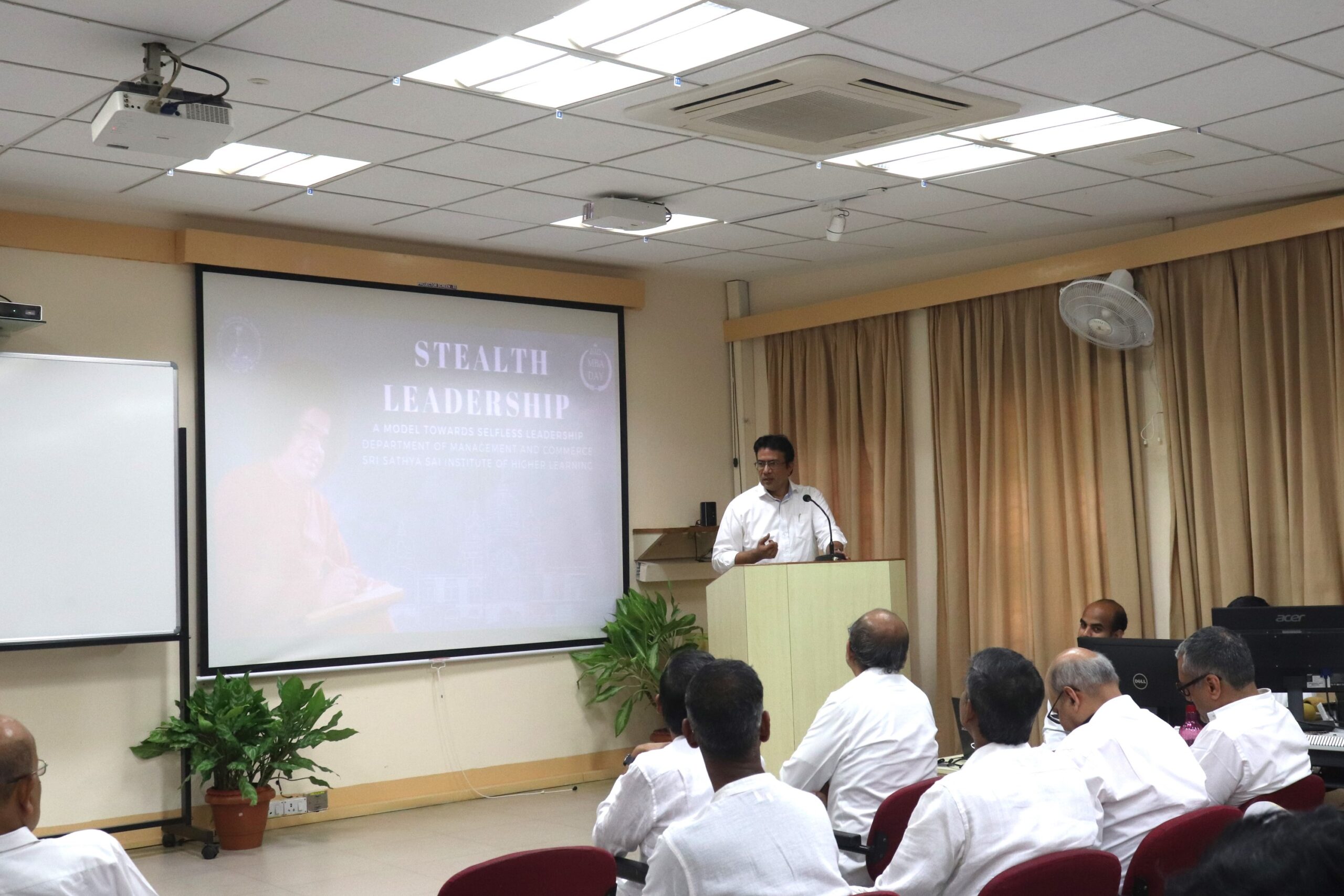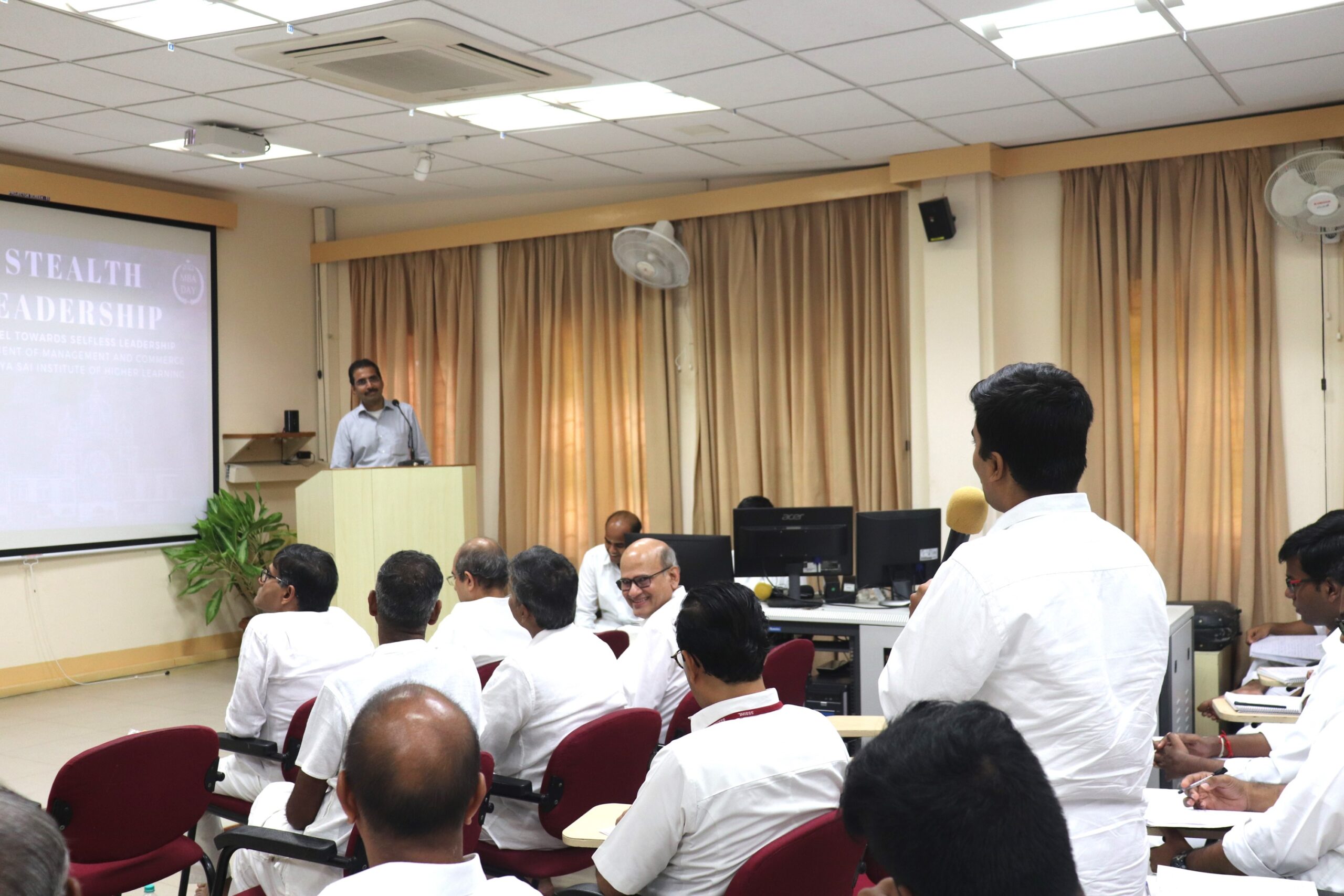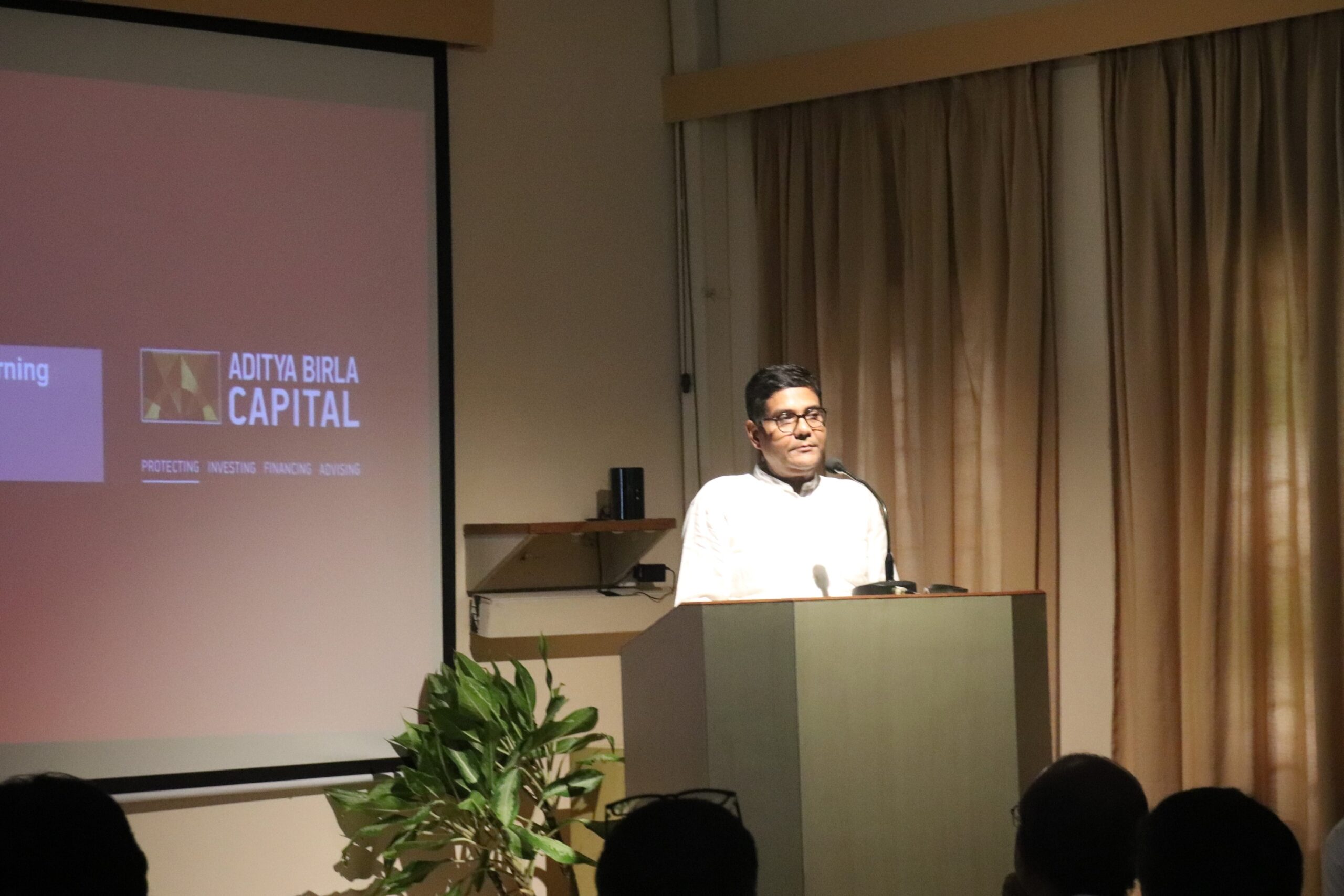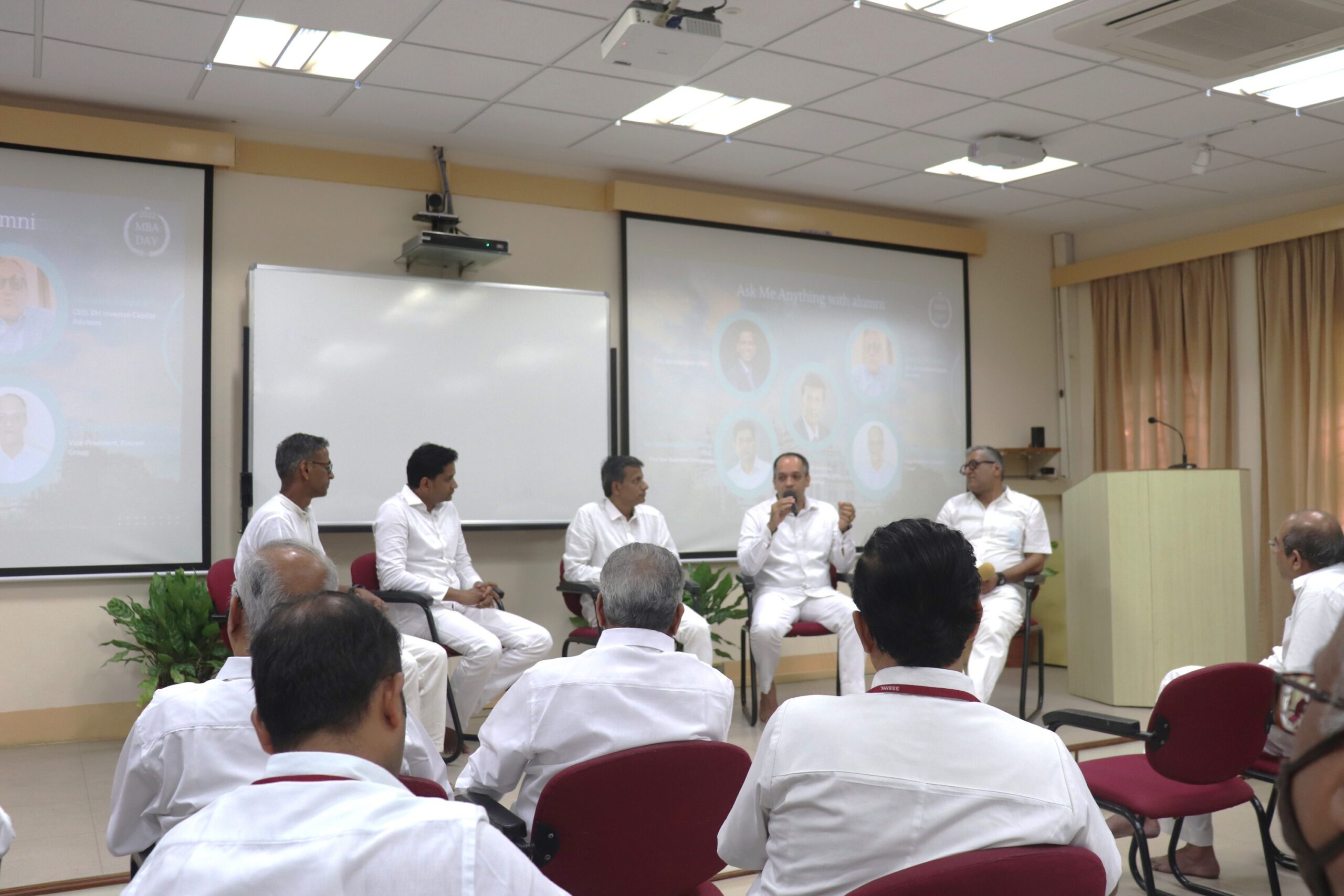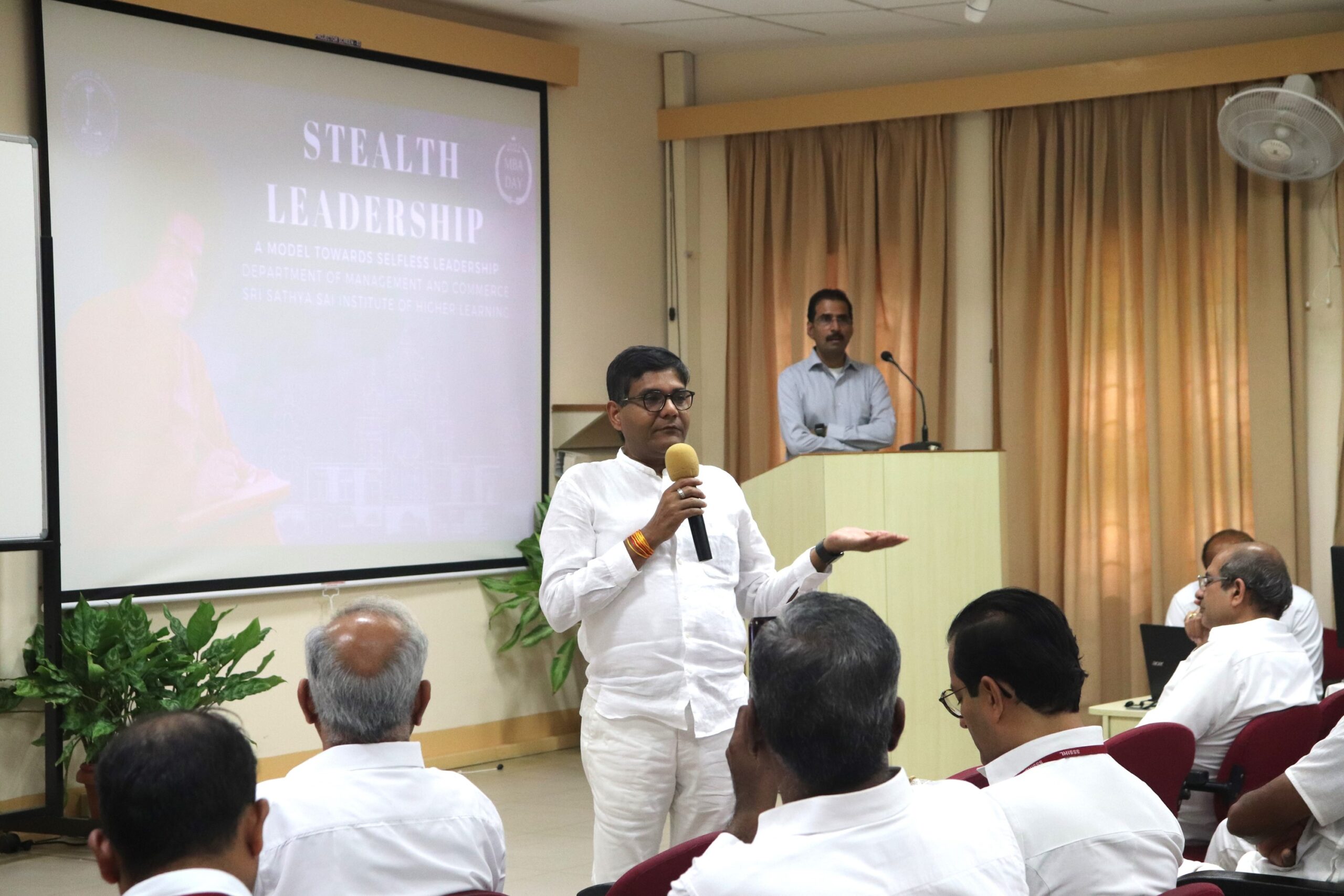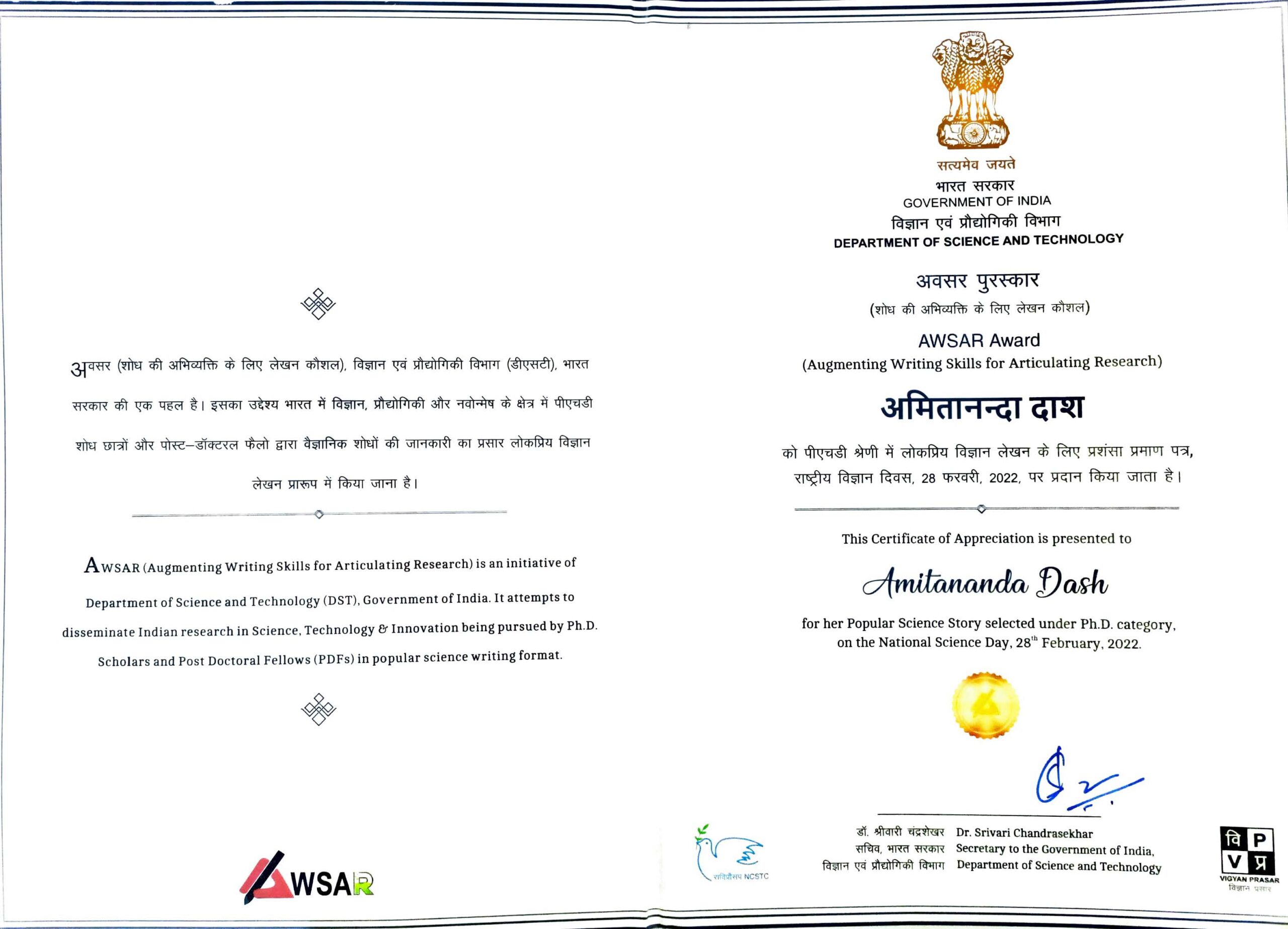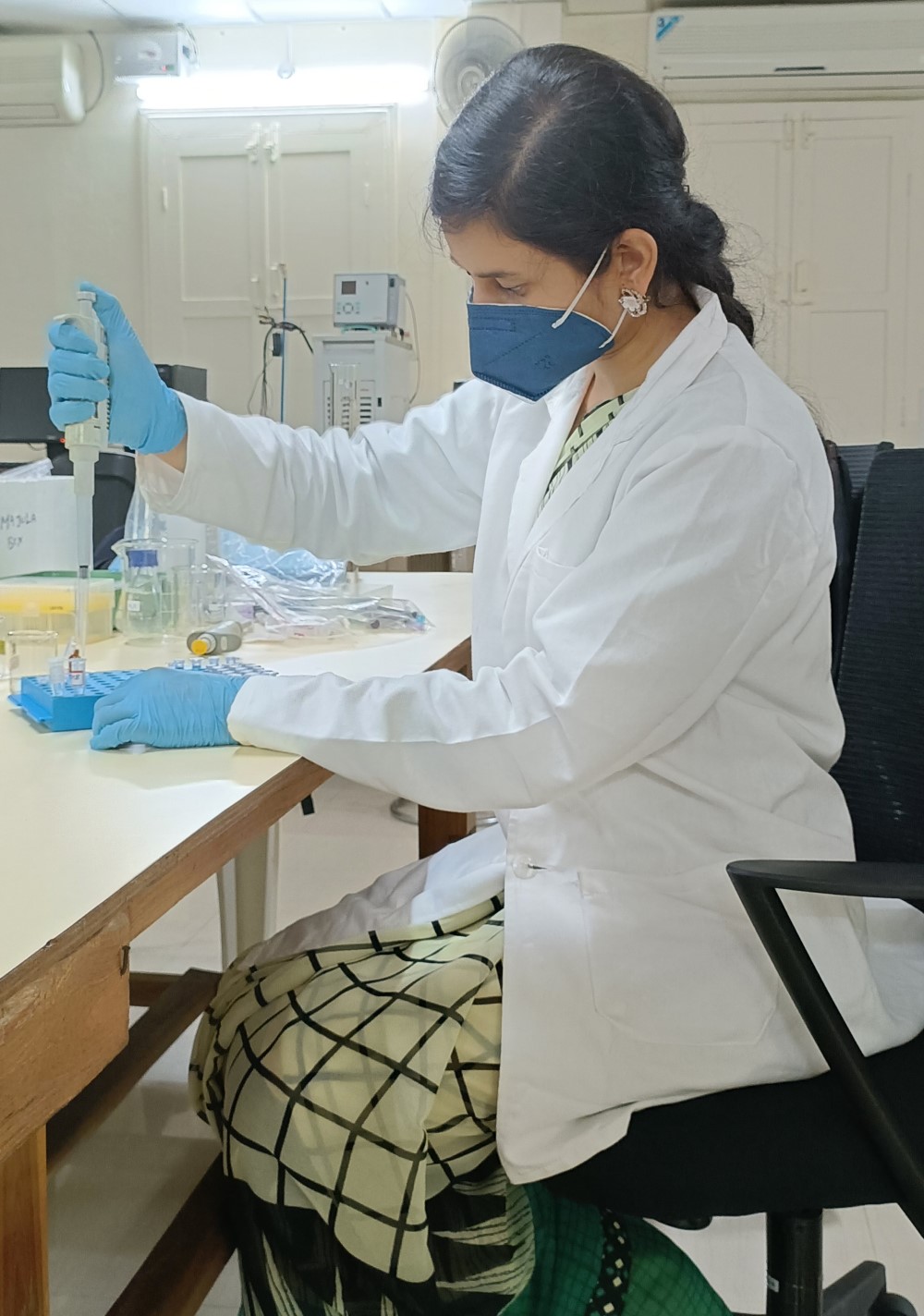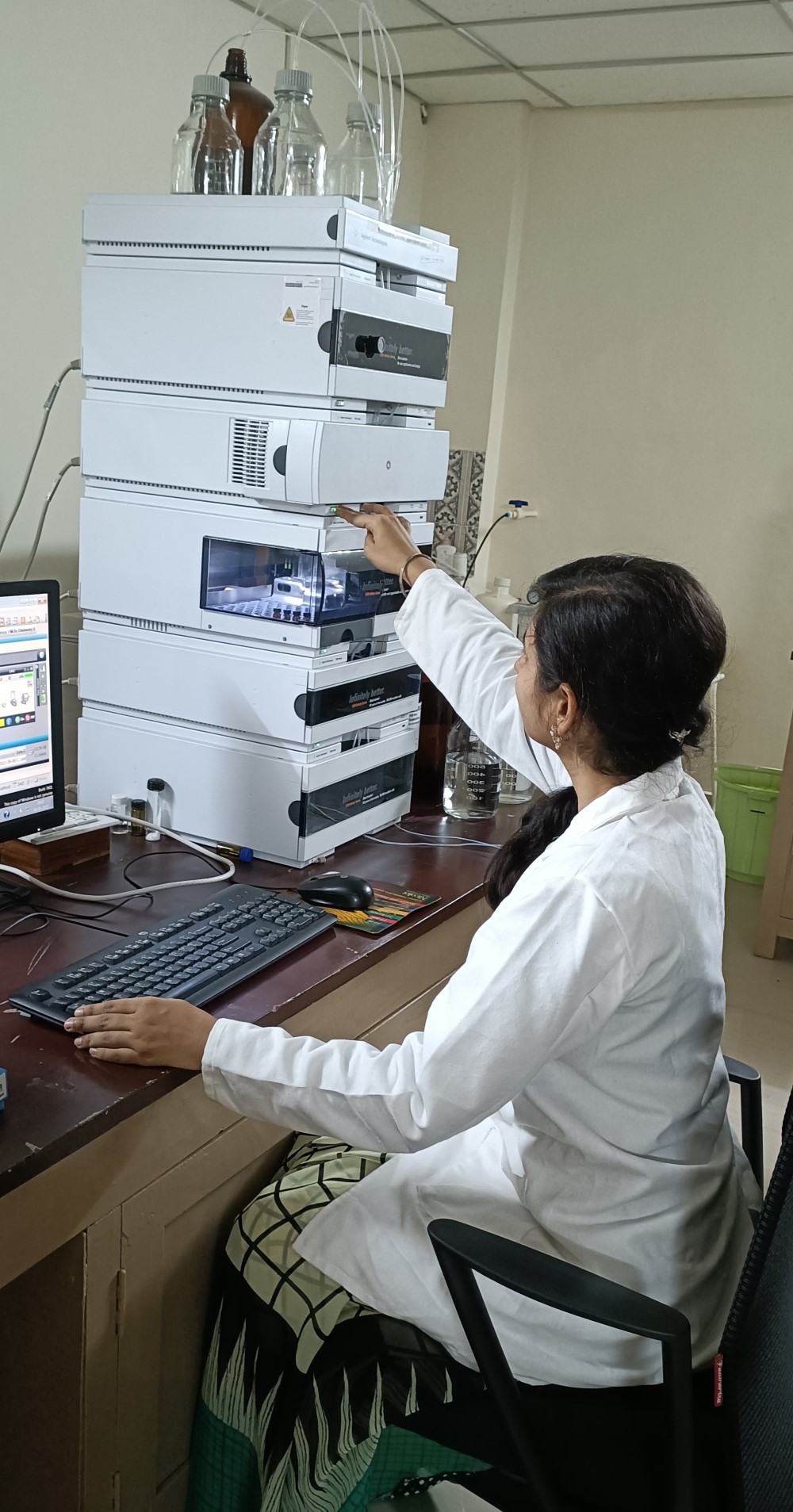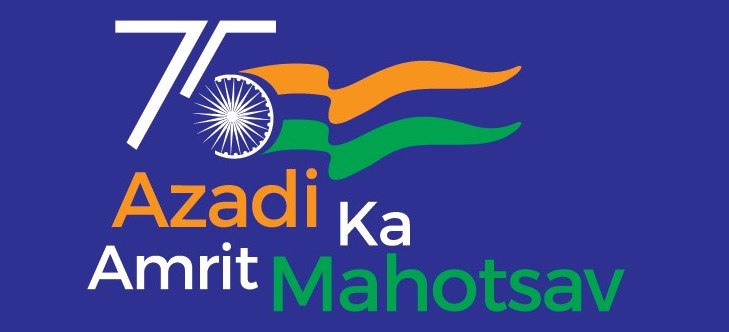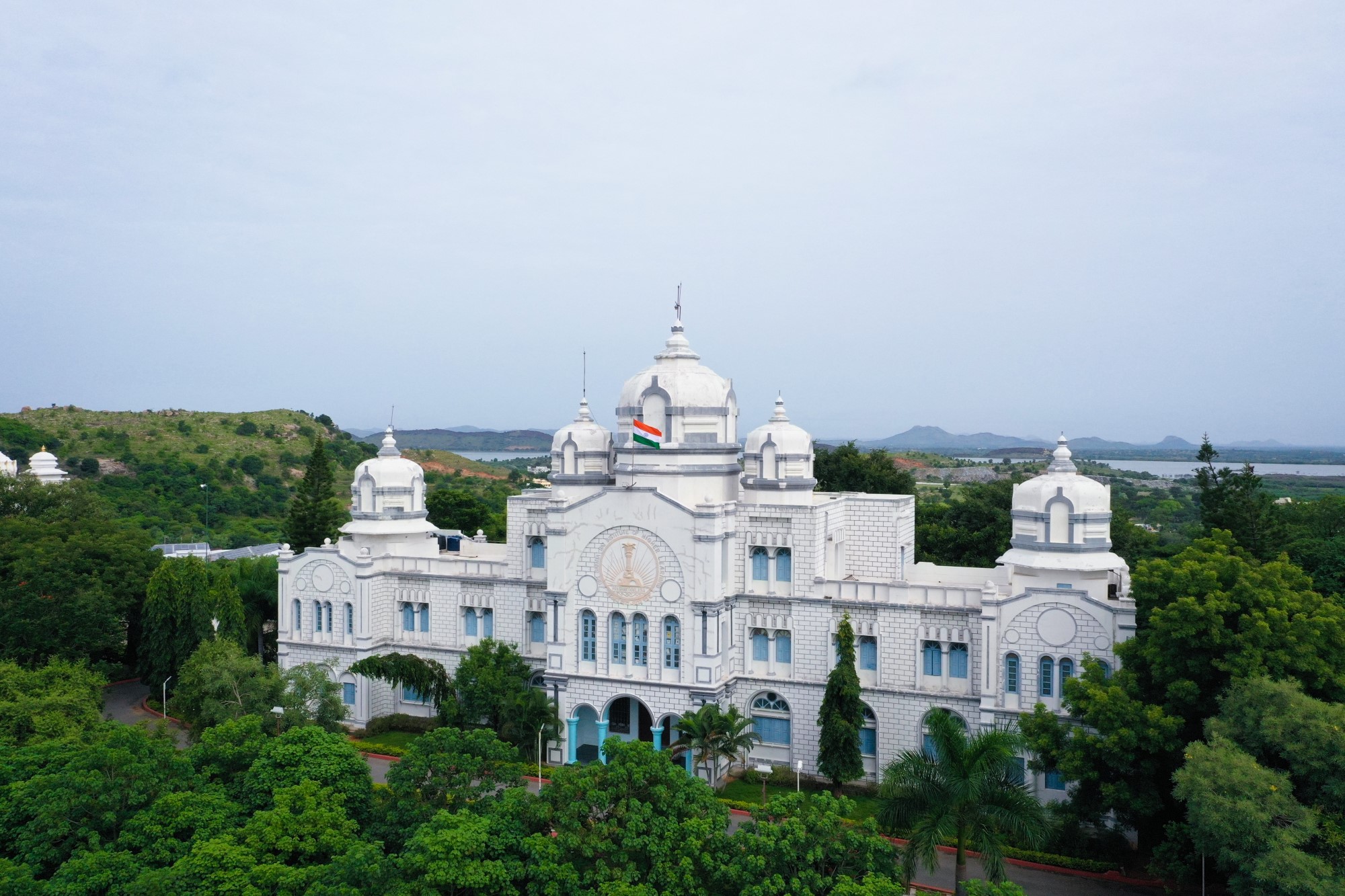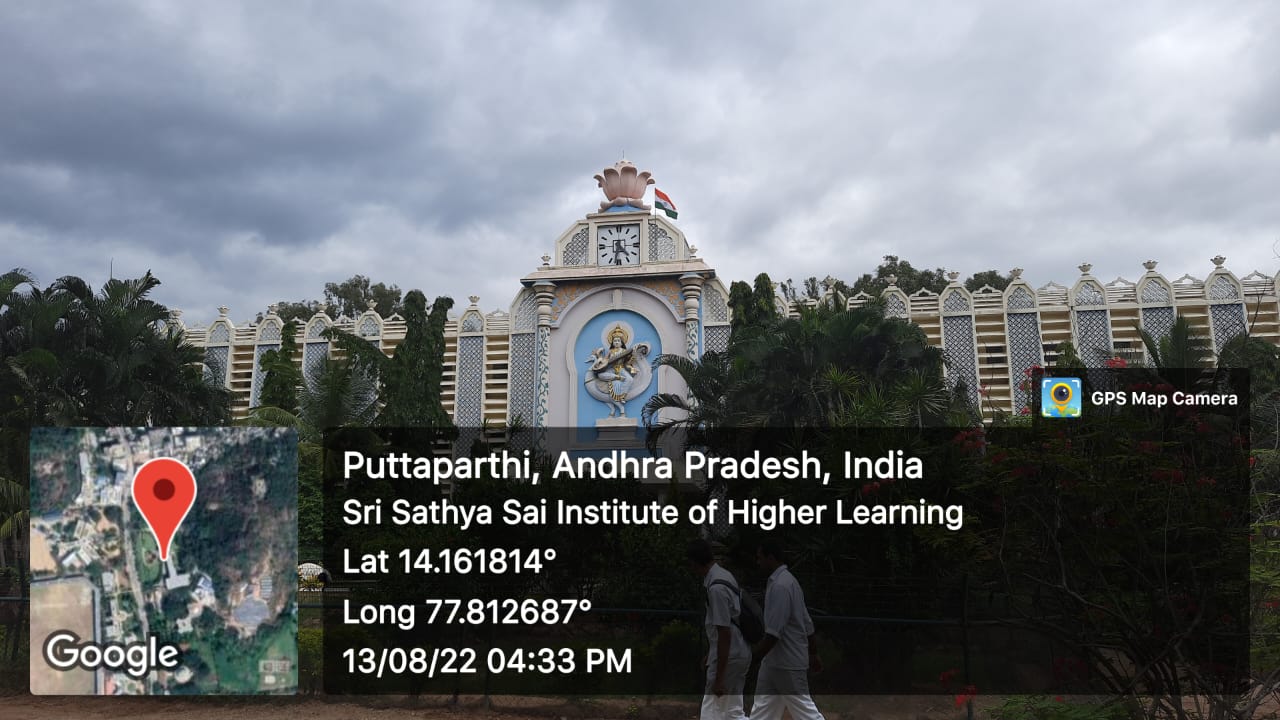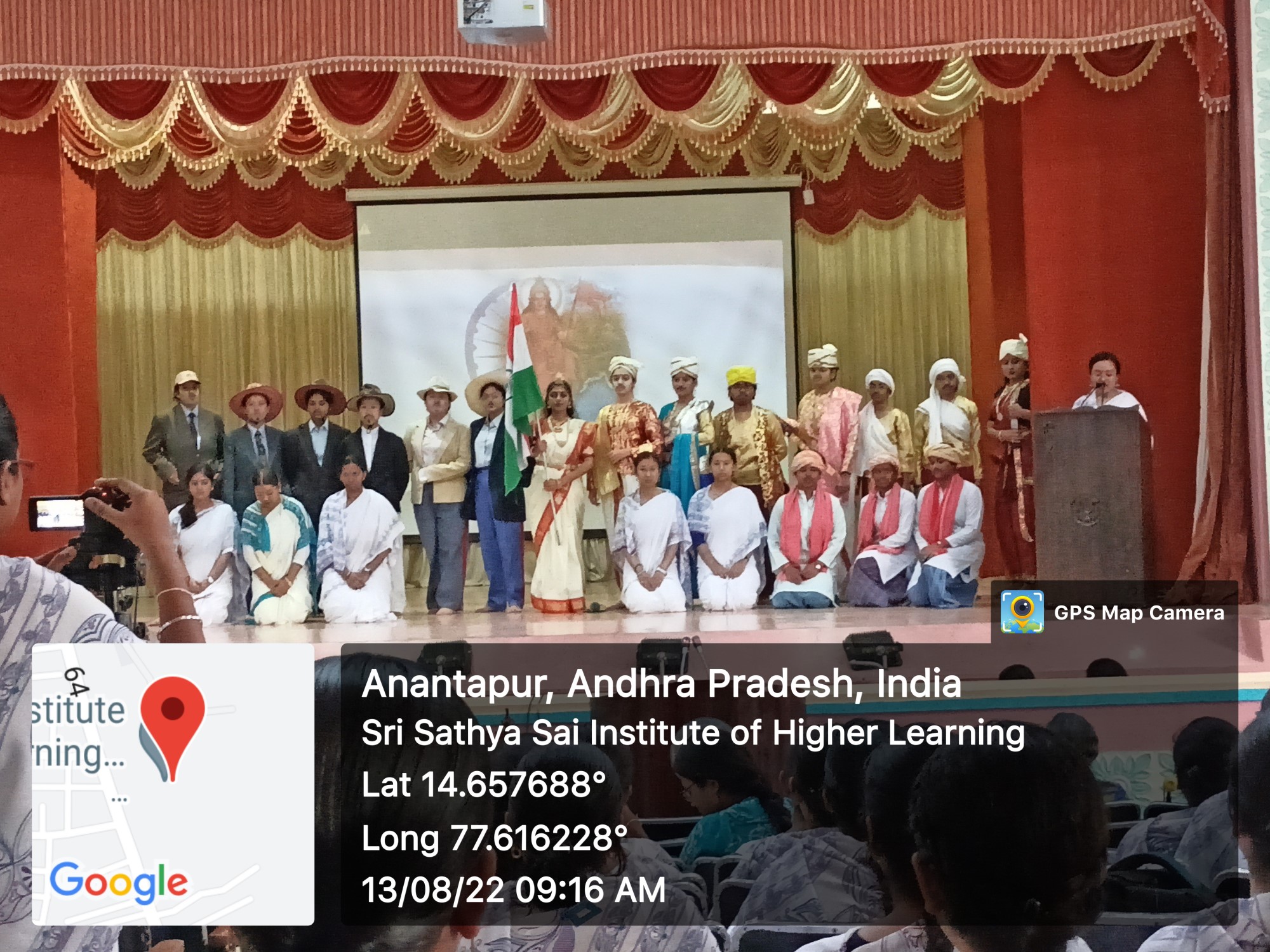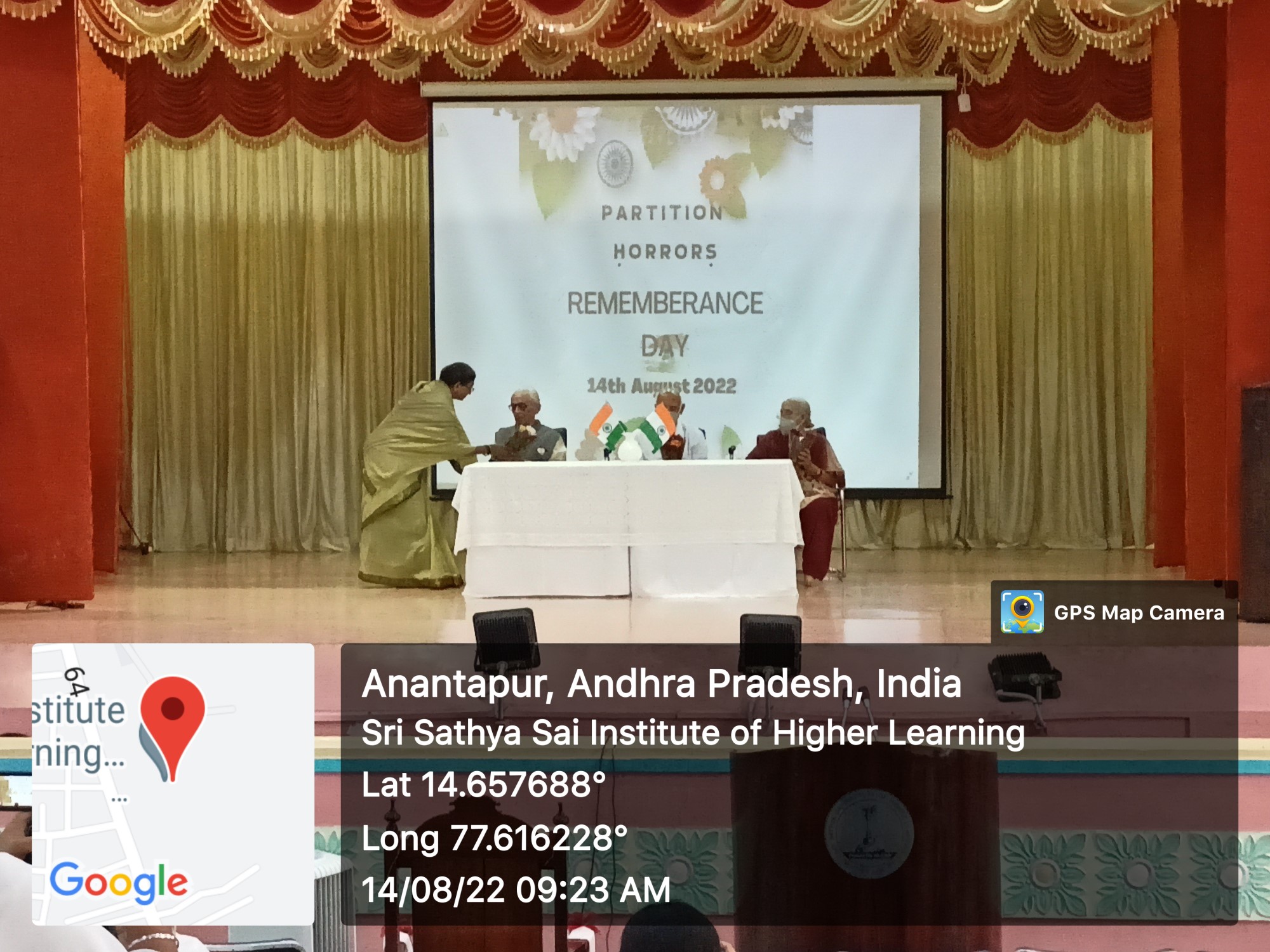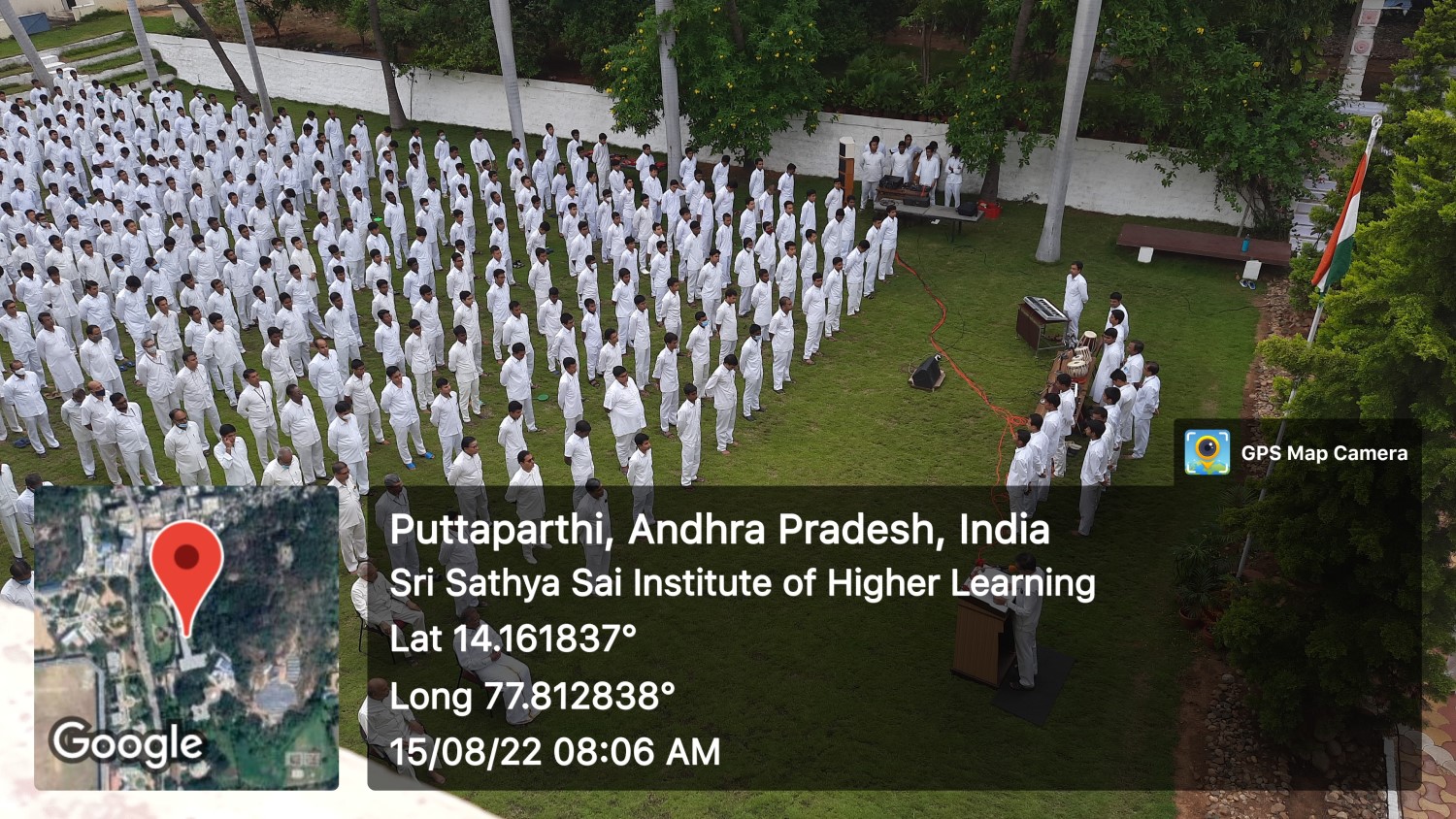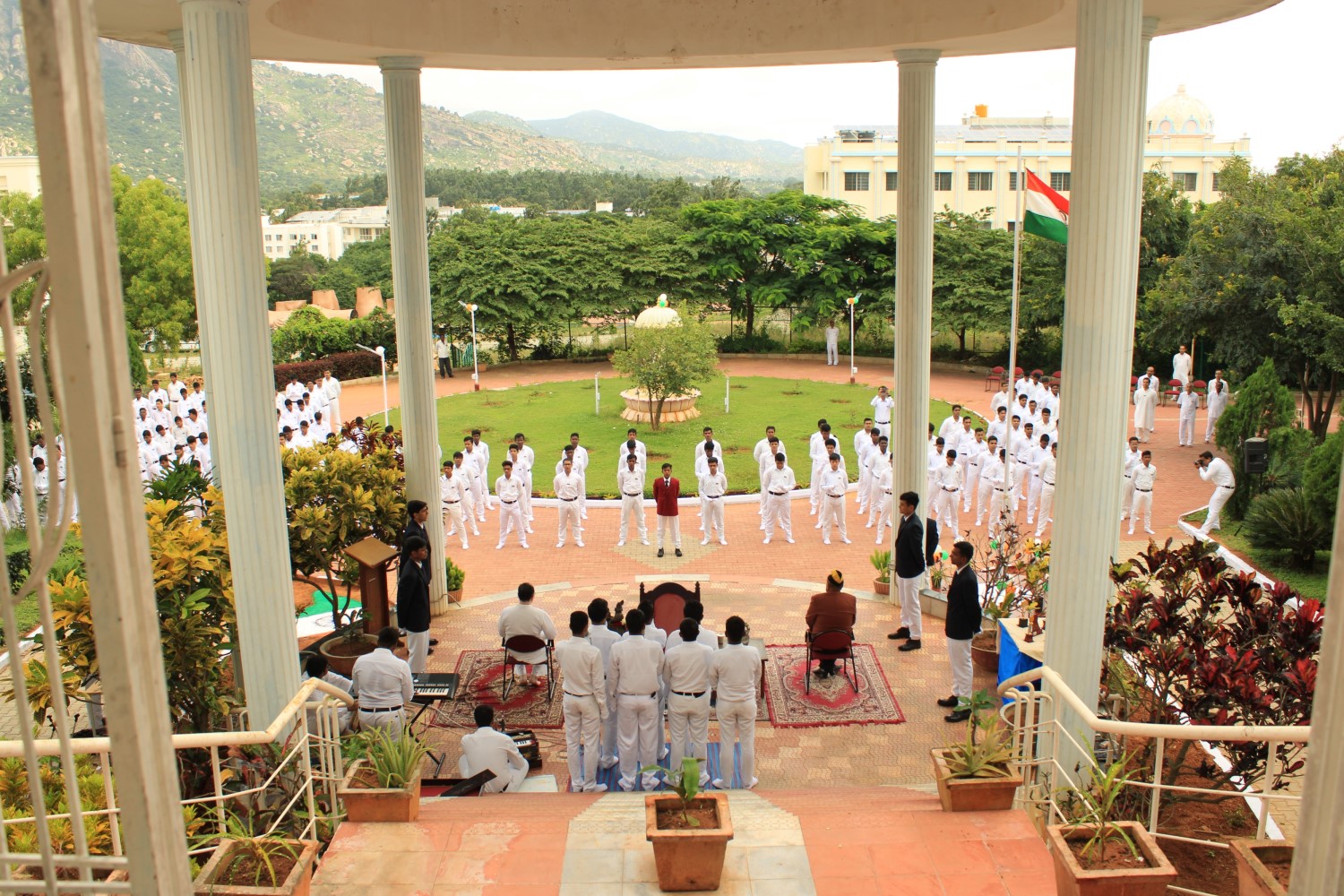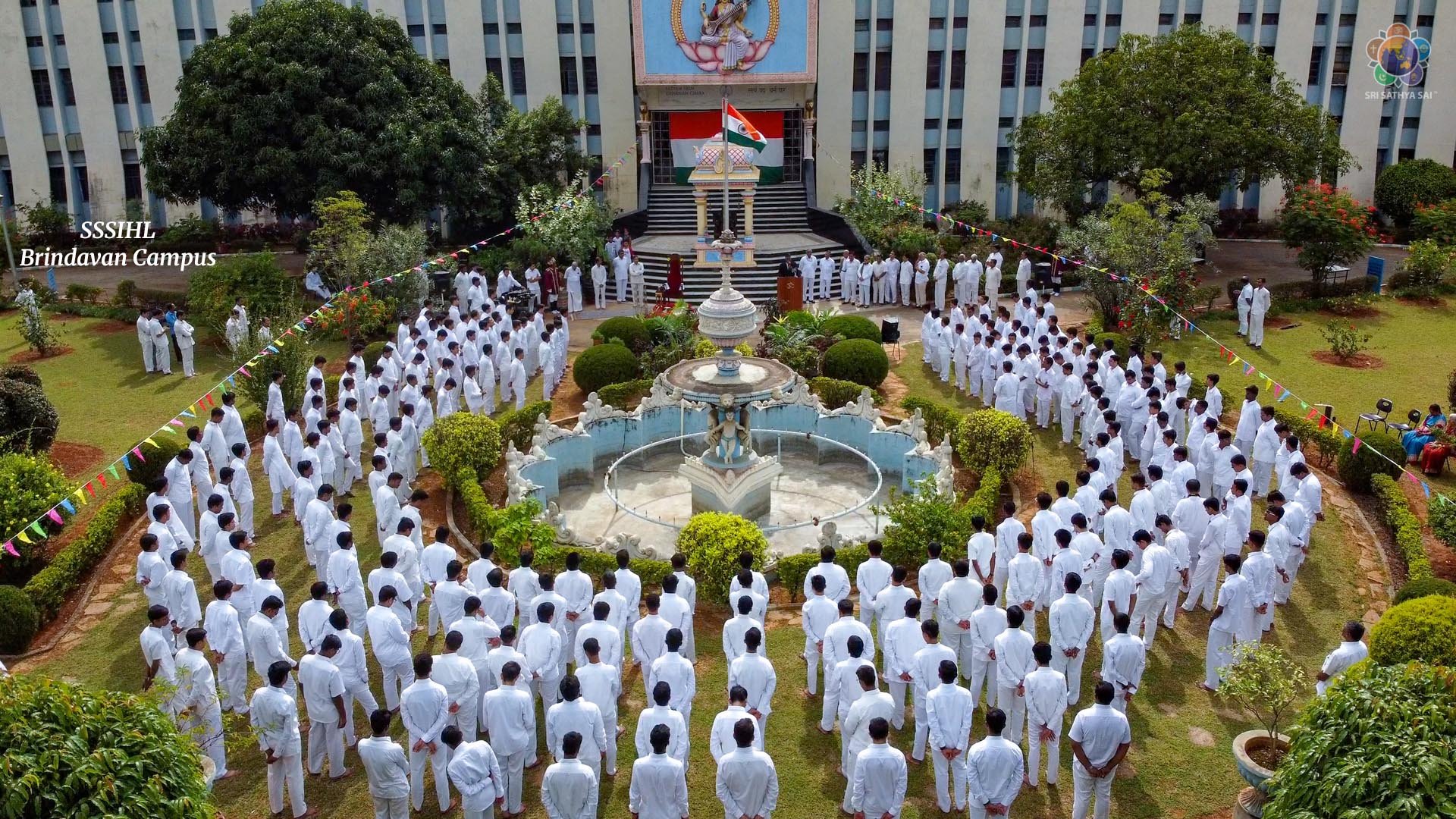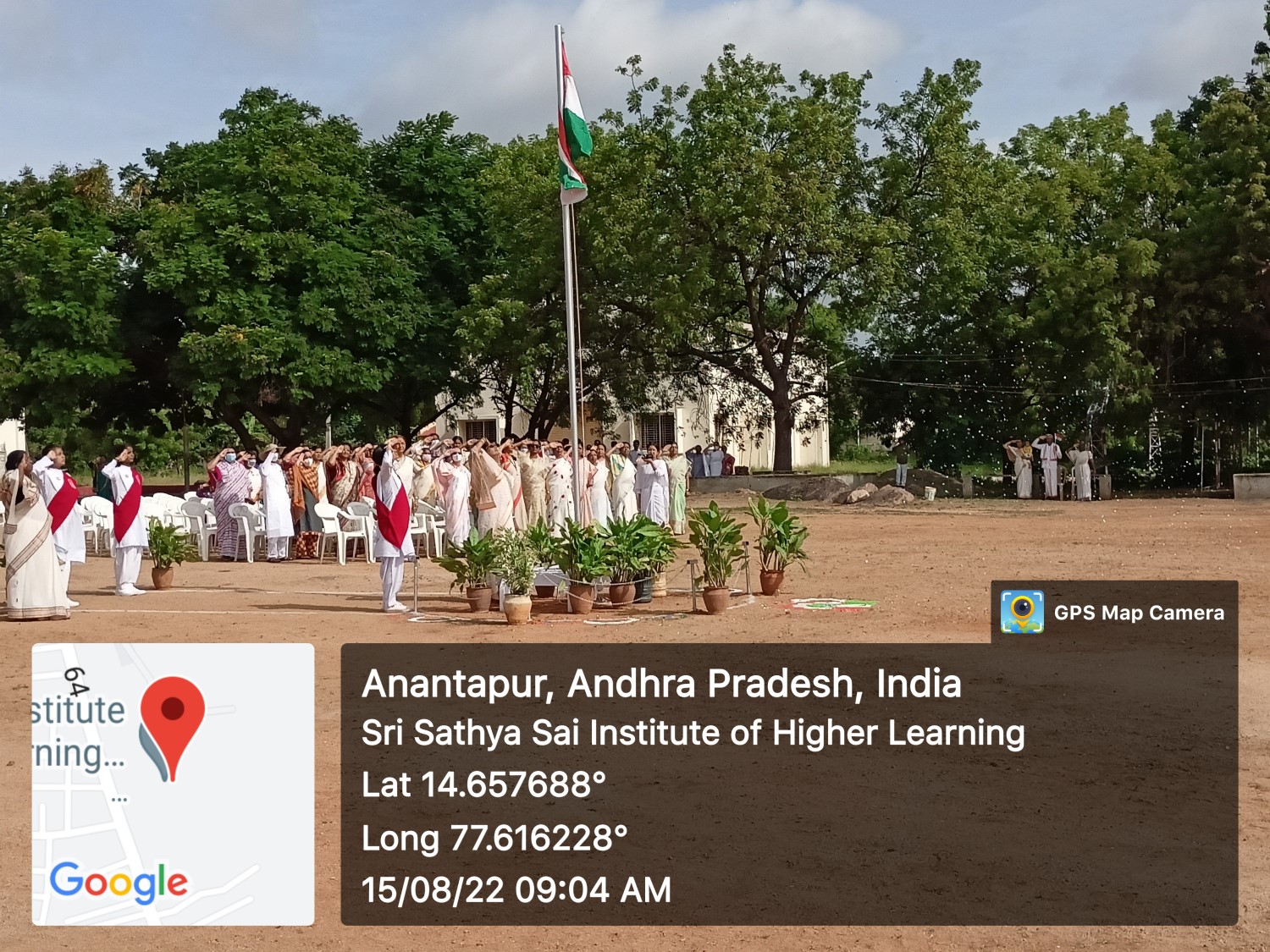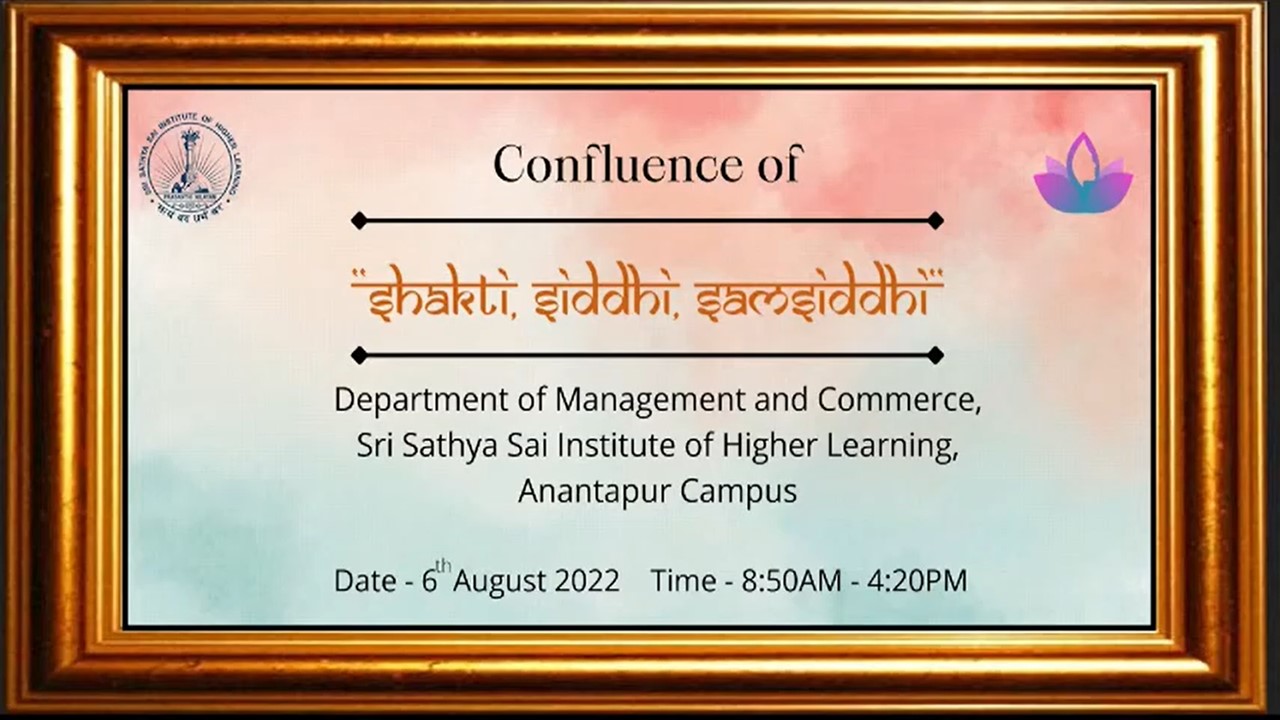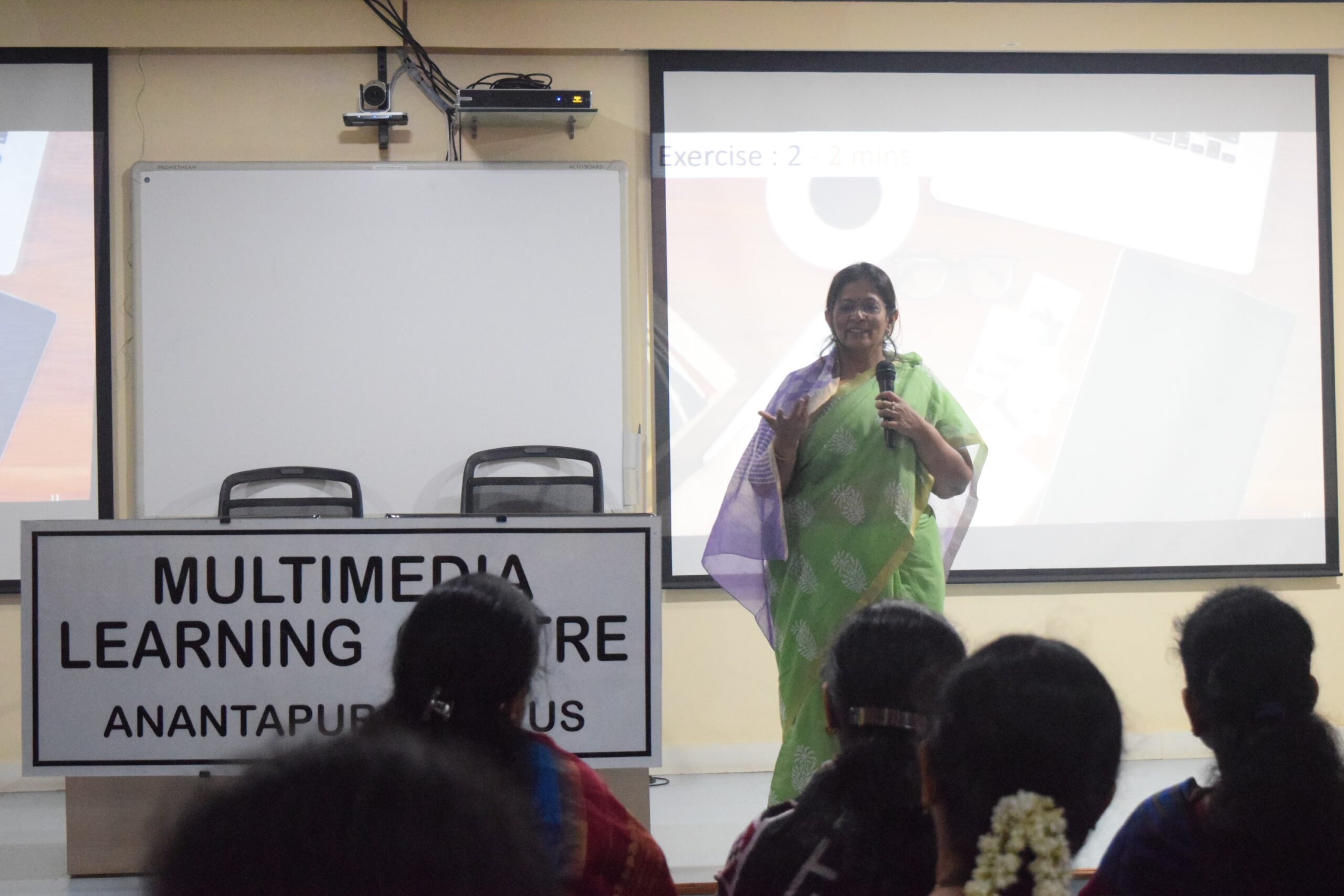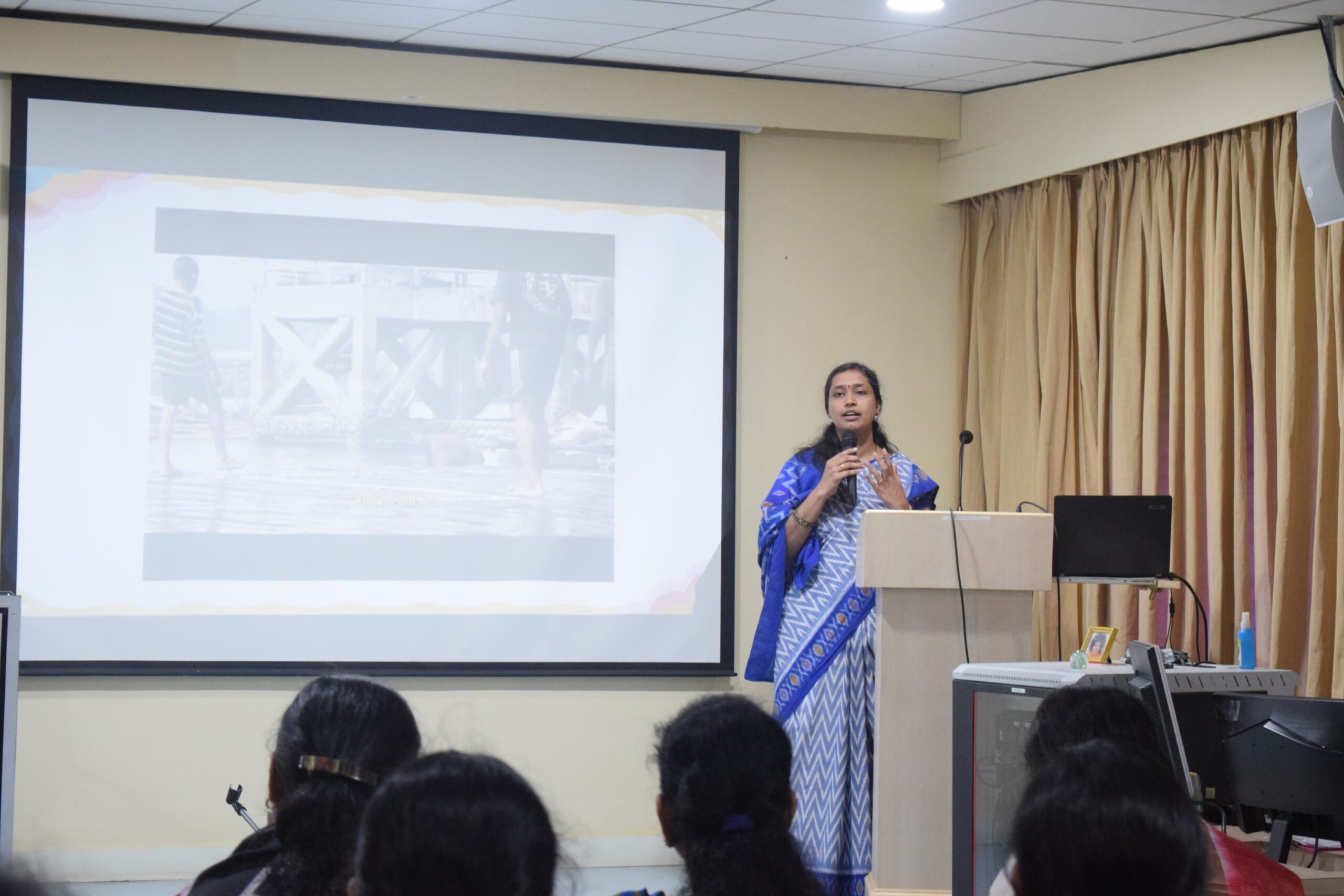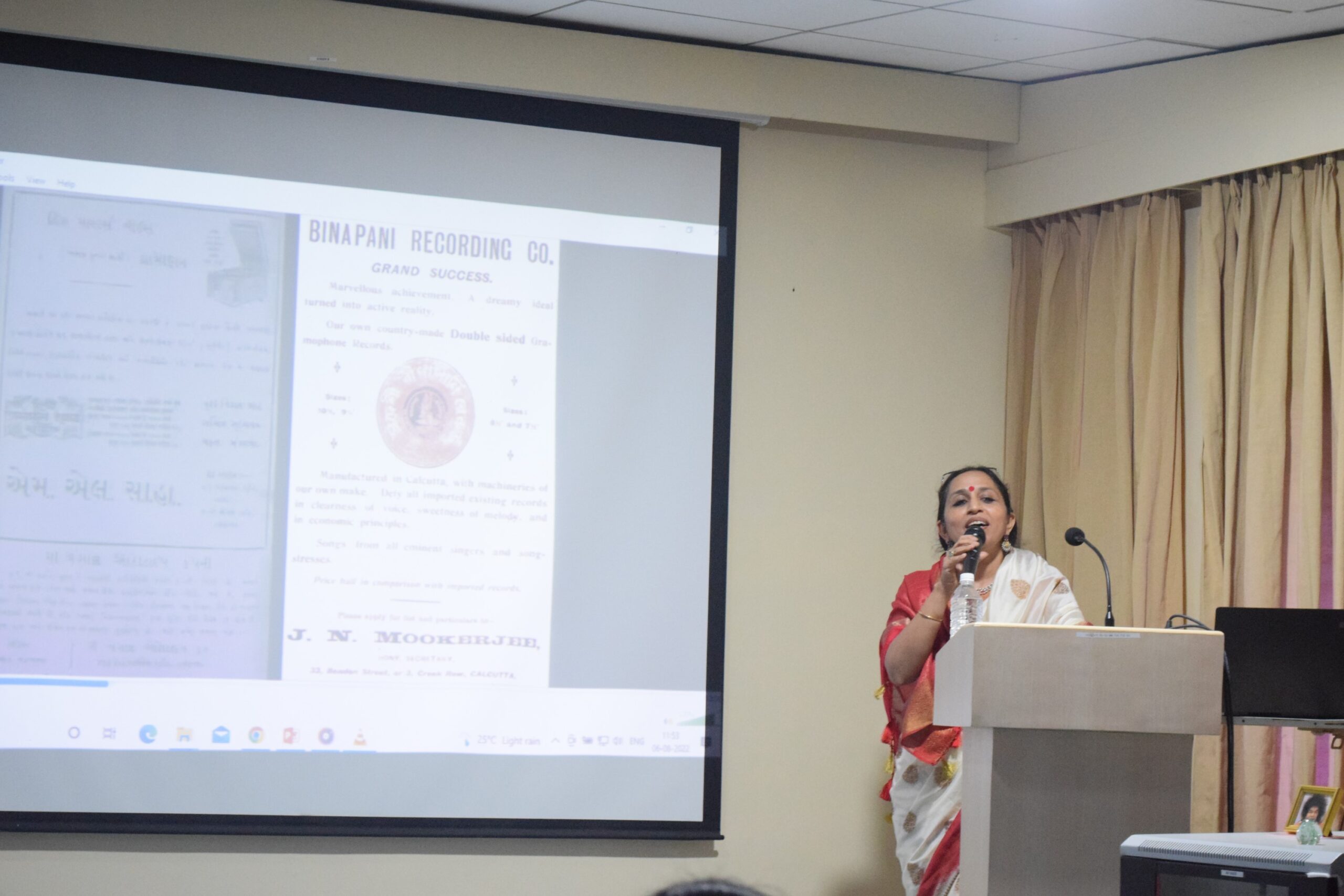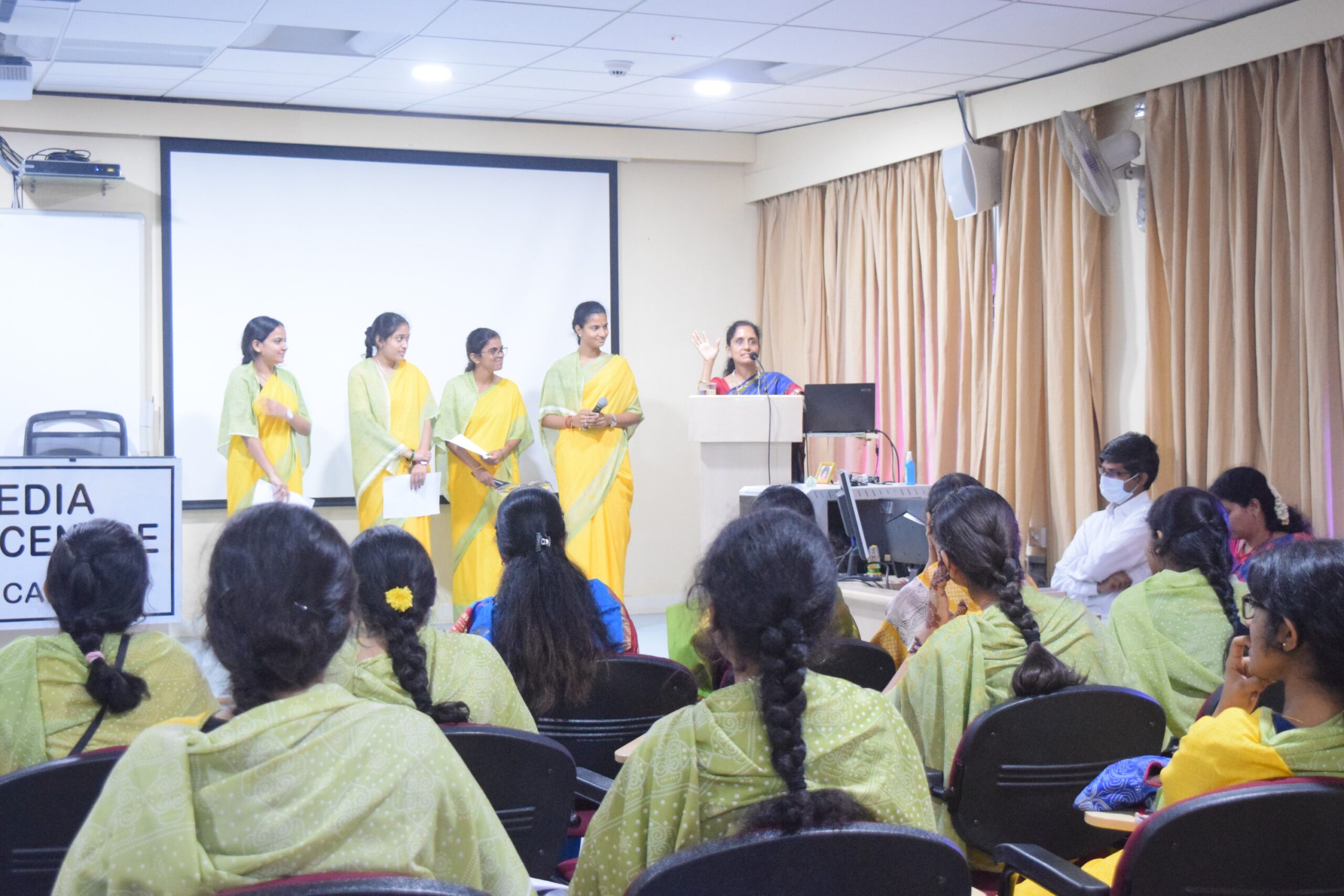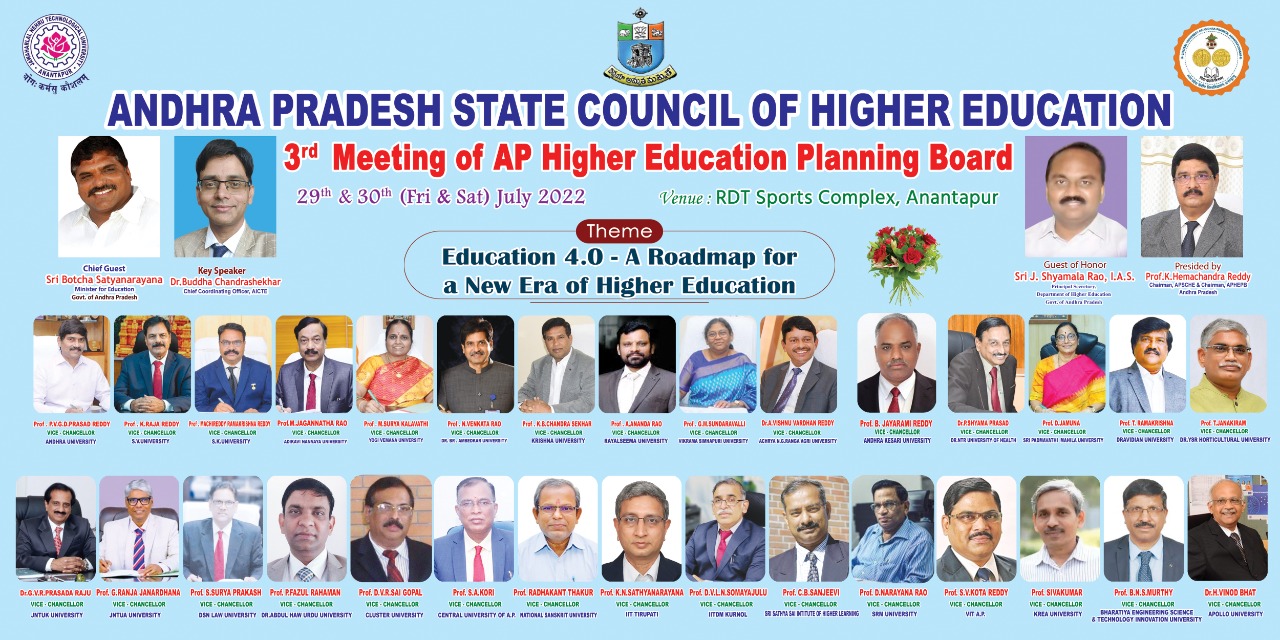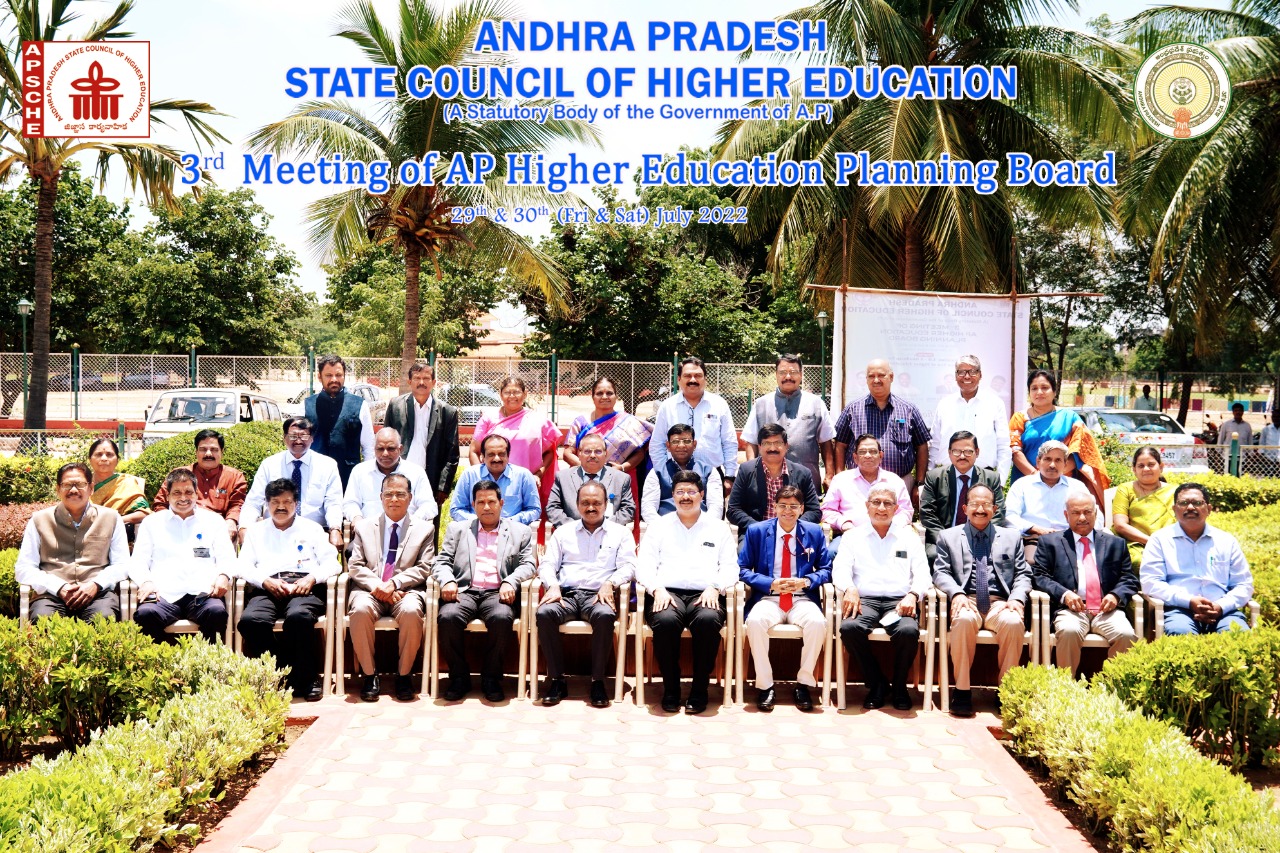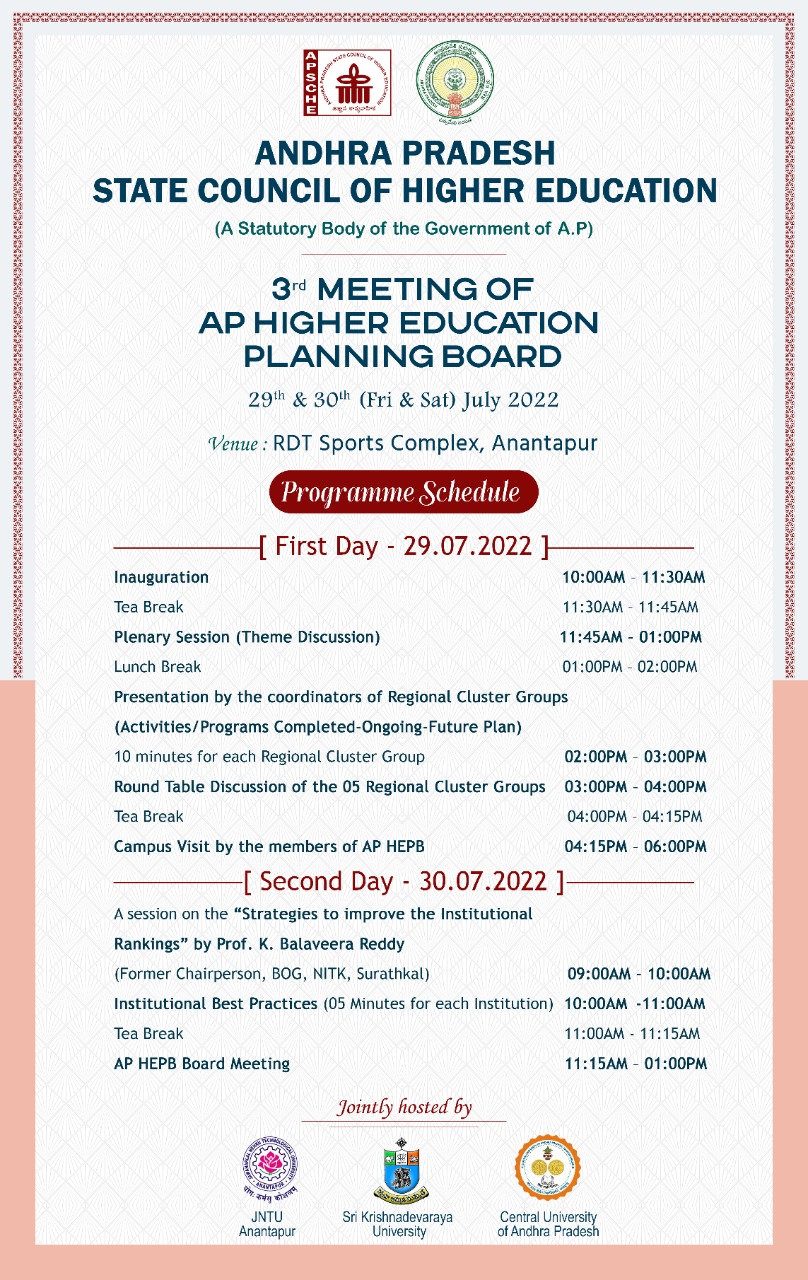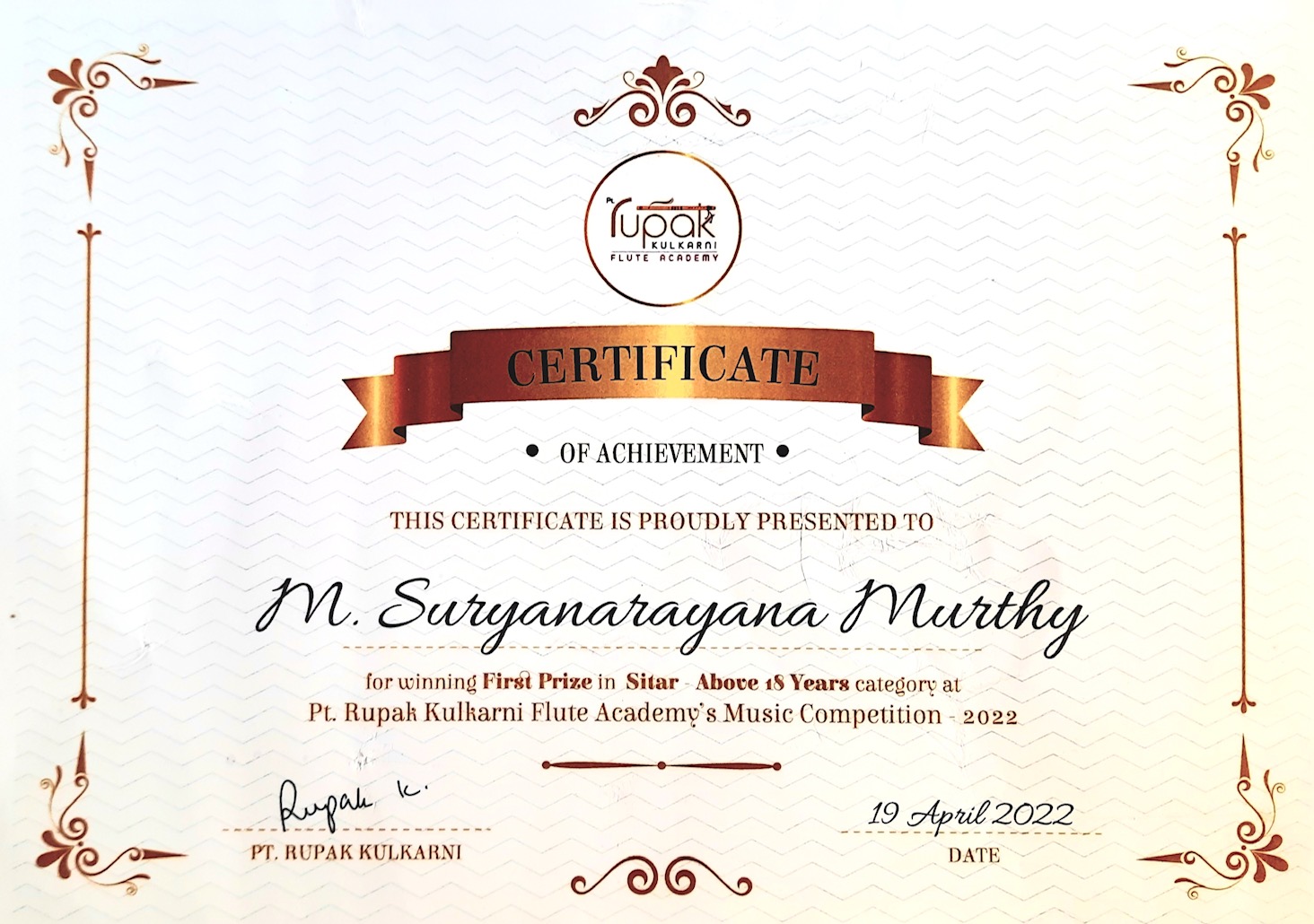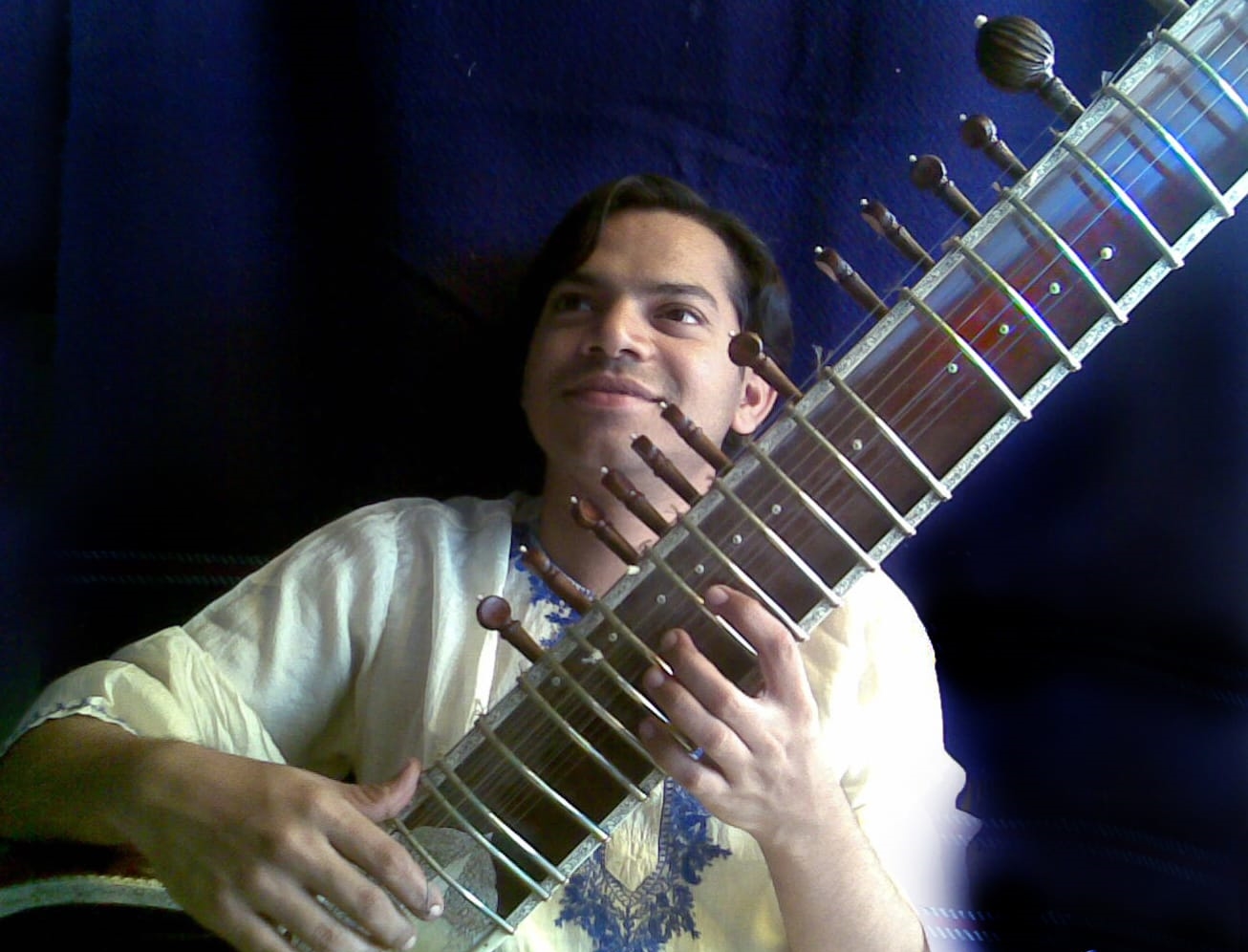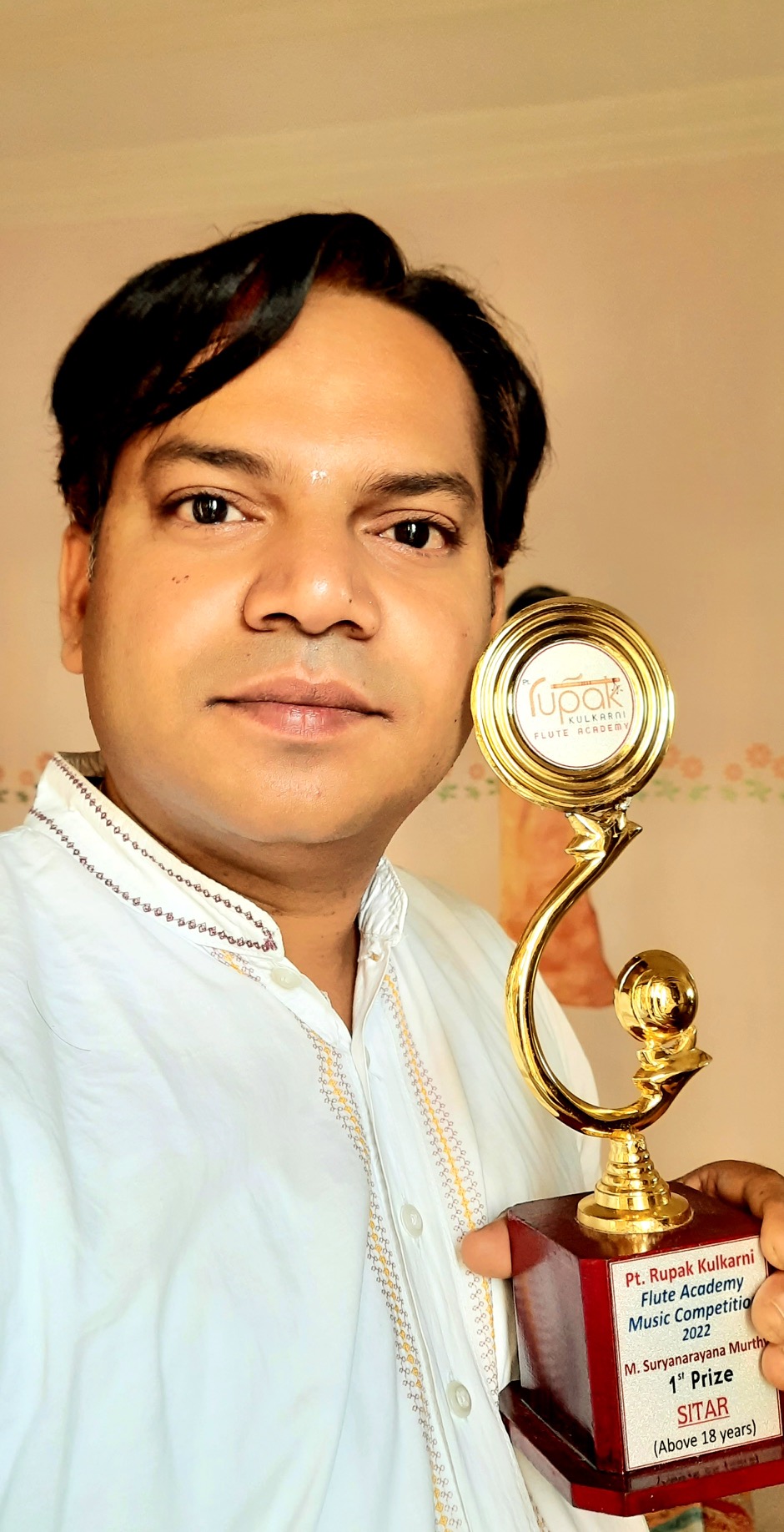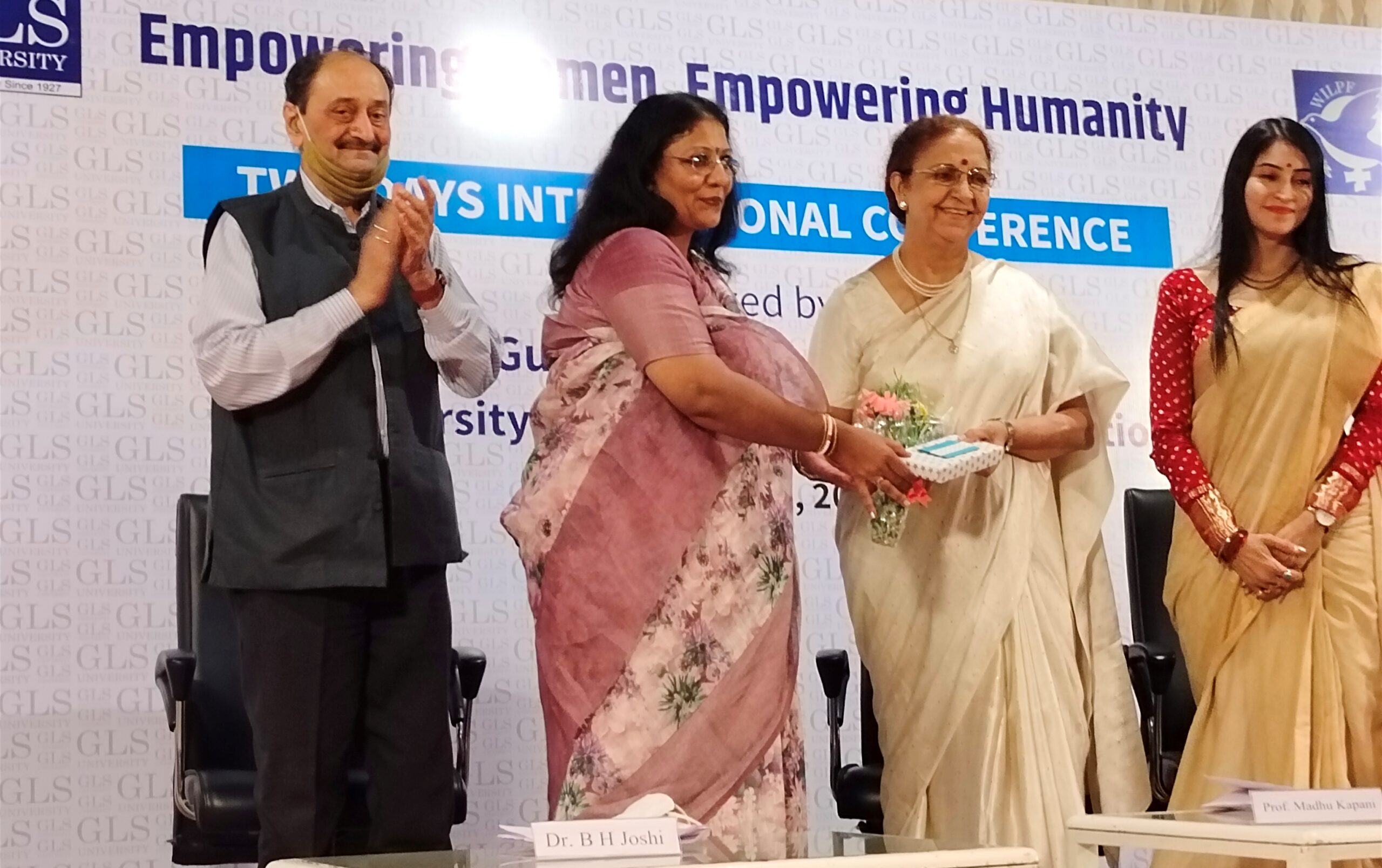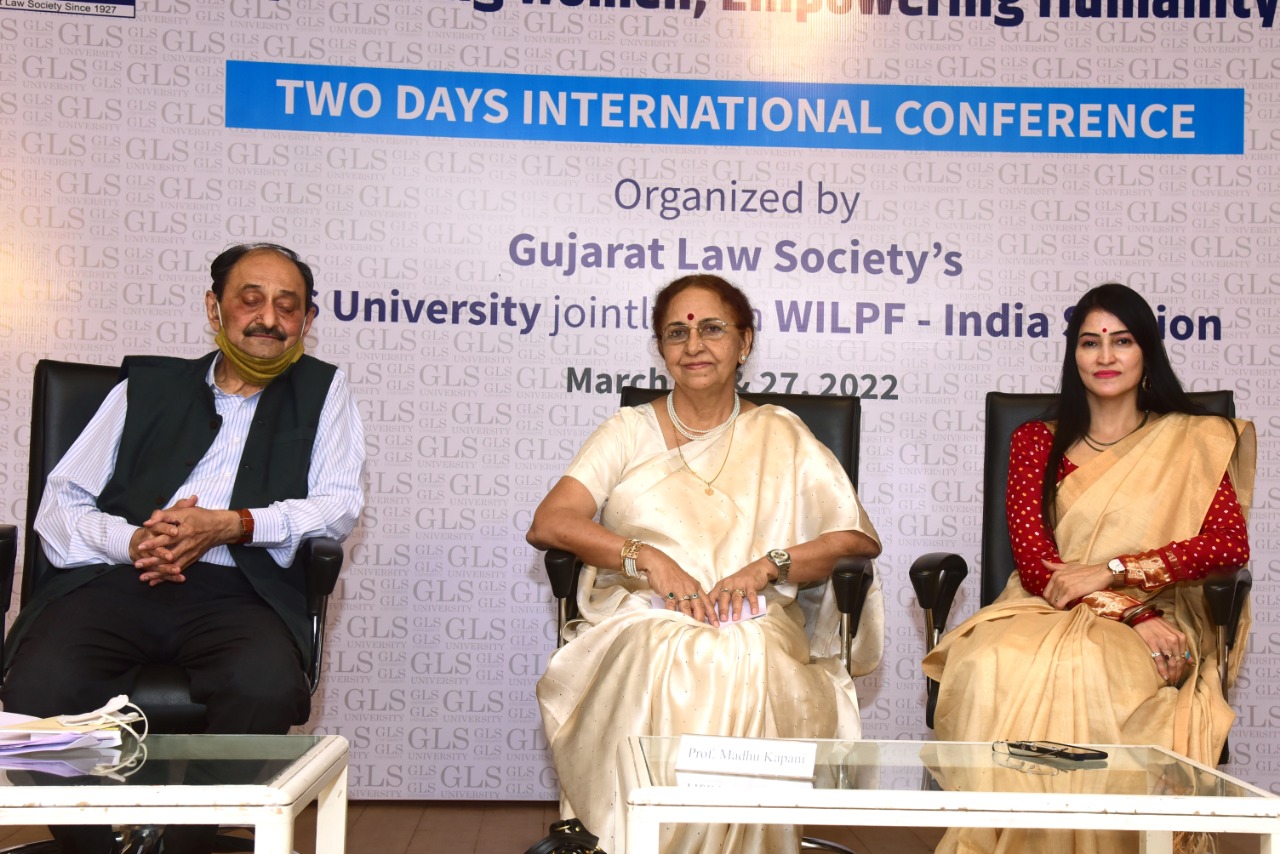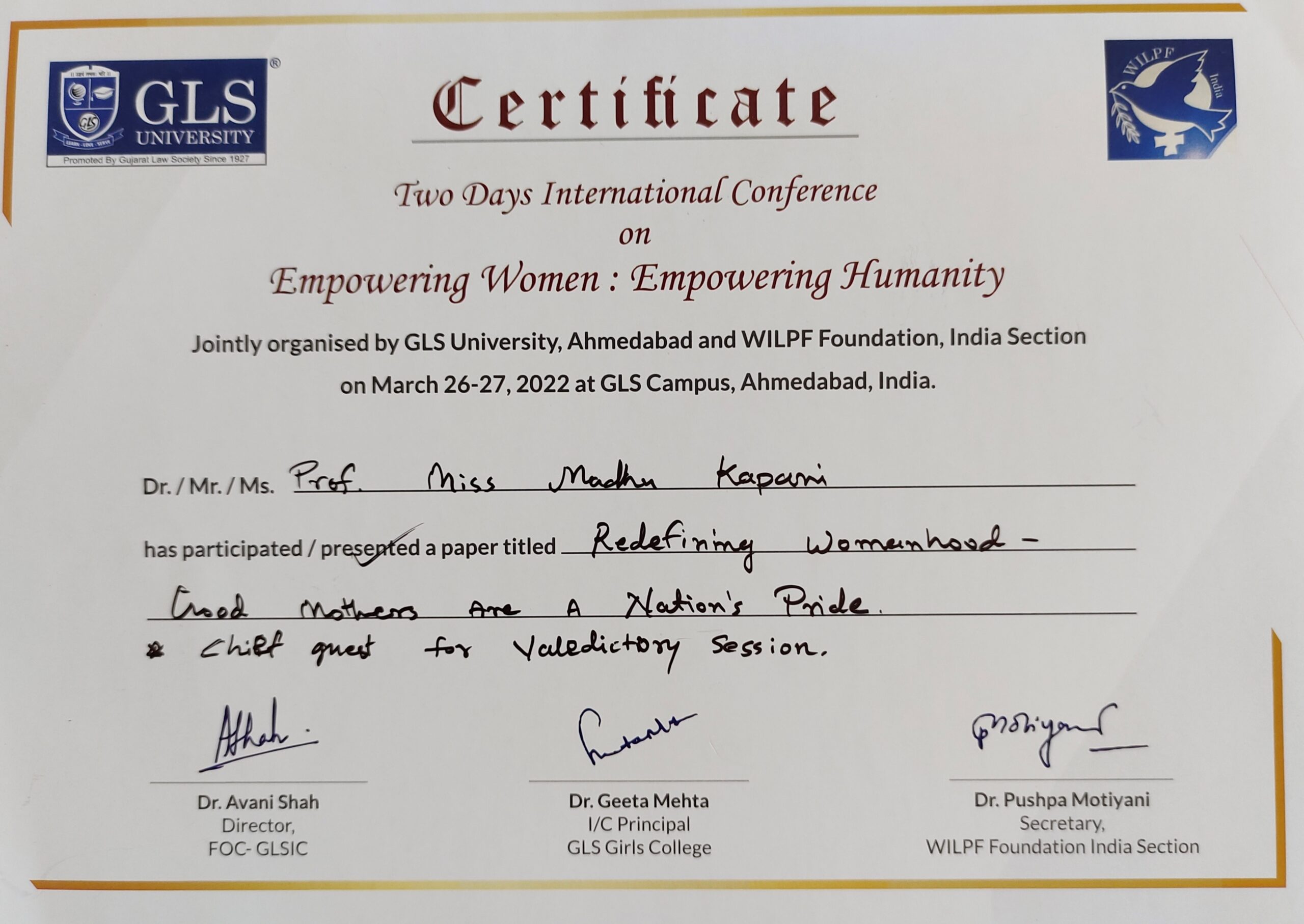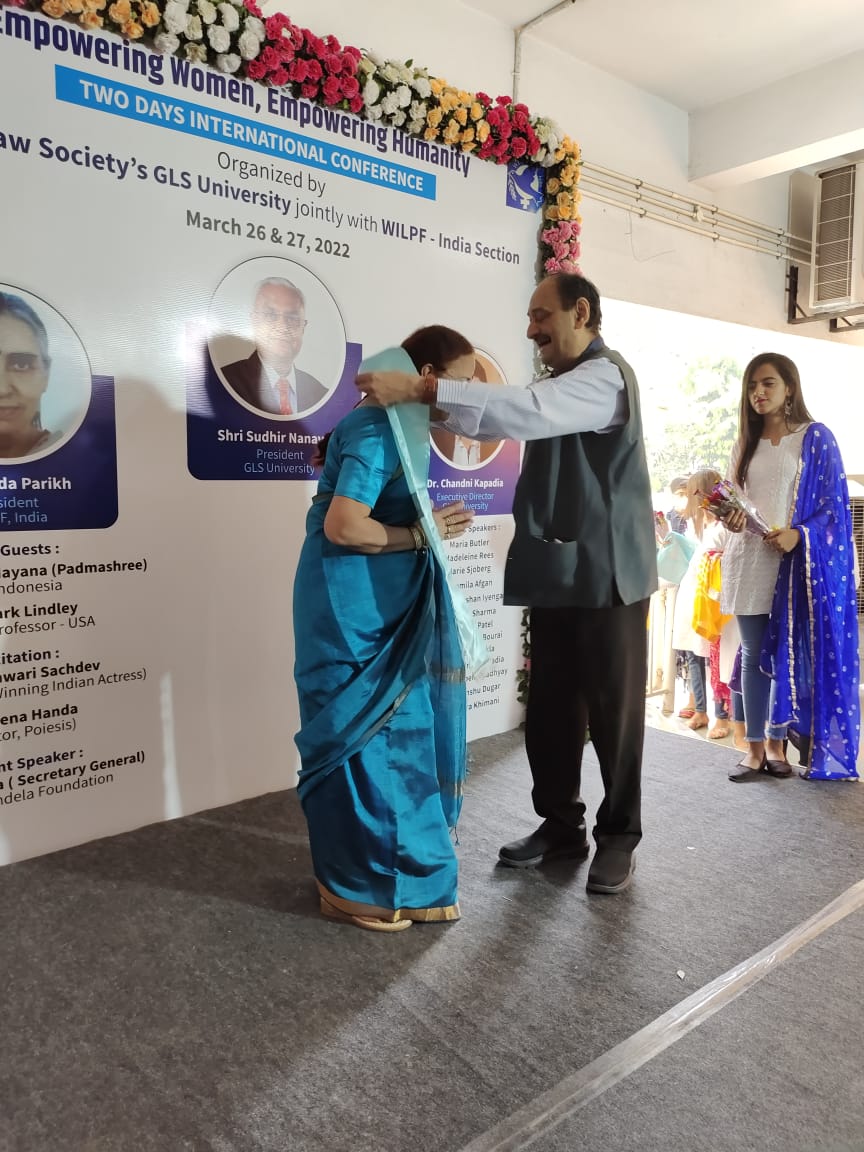The Department of Management and Commerce, Sri Sathya Sai Institute of Higher Learning, Prasanthi Nilayam campus celebrated their 36th MBA day on 21st August 2022 with a conclave themed Stealth Leadership – A Model Towards Selfless Leadership.
The students had the opportunity to listen and interact with the three leaders from the industry – Sri Mayank Bathwal, CEO of Aditya Birla Health insurance, Sri Vinay Tonse, MD & CEO, SBI Funds Management Private Ltd., and Deputy Managing Director, SBI, and Sri D. Lakshmi Narayanan, MD Sundaram Home Finance. The leaders dwelled on the theme by sharing their perspectives with examples and lessons learned during the course of their professional journey so far, illuminating the young minds.
The conclave commenced with a prayer and the lighting of the lamp, followed by a welcome address by Dr. K Sayee Manohar, Head Dept. of Management and Commerce. The inaugural address was delivered by Dr. B Sai Giridhar, Registrar SSSIHL, followed by the keynote address by Dr. CB Sanjeevi, Vice-Chancellor SSSIHL. The Guest of Honour Sri R J Rathnakar, Managing Trustee, Sri Sathya Sai Central Trust, shared leadership lessons he had learned from the founder chancellor, Bhagawan Sri Sathya Sai Baba.
The final segment titled ‘Ask me Anything’ saw students interact with a panel of five industry leaders – Sri Ram Gopal, CEO, Barclays Bank India, Sri Rangarajan Krishnan, CEO, Five Star Business Finance Ltd., Sri Anand Nergunam S, Global VP Revenue, Management & Growth, Zoho Corporation, Sri Bharath M Sundaram, Vice-President, Everest Group, and Sri Jitendra Panjabi, CEO, EM Investco Capital Advisors (all SSSIHL Alumni).
The students and staff were extremely grateful to all the leaders for their insightful talks on the importance and role of a good selfless leader in today’s highly self-centered world.
View Detailed Report Here.
View Pictures from the event
Watch the Recording here:
Session 1: https://youtu.be/RBZcSKuWIek
Session 2: https://youtu.be/MOLwwJRTXzQ


